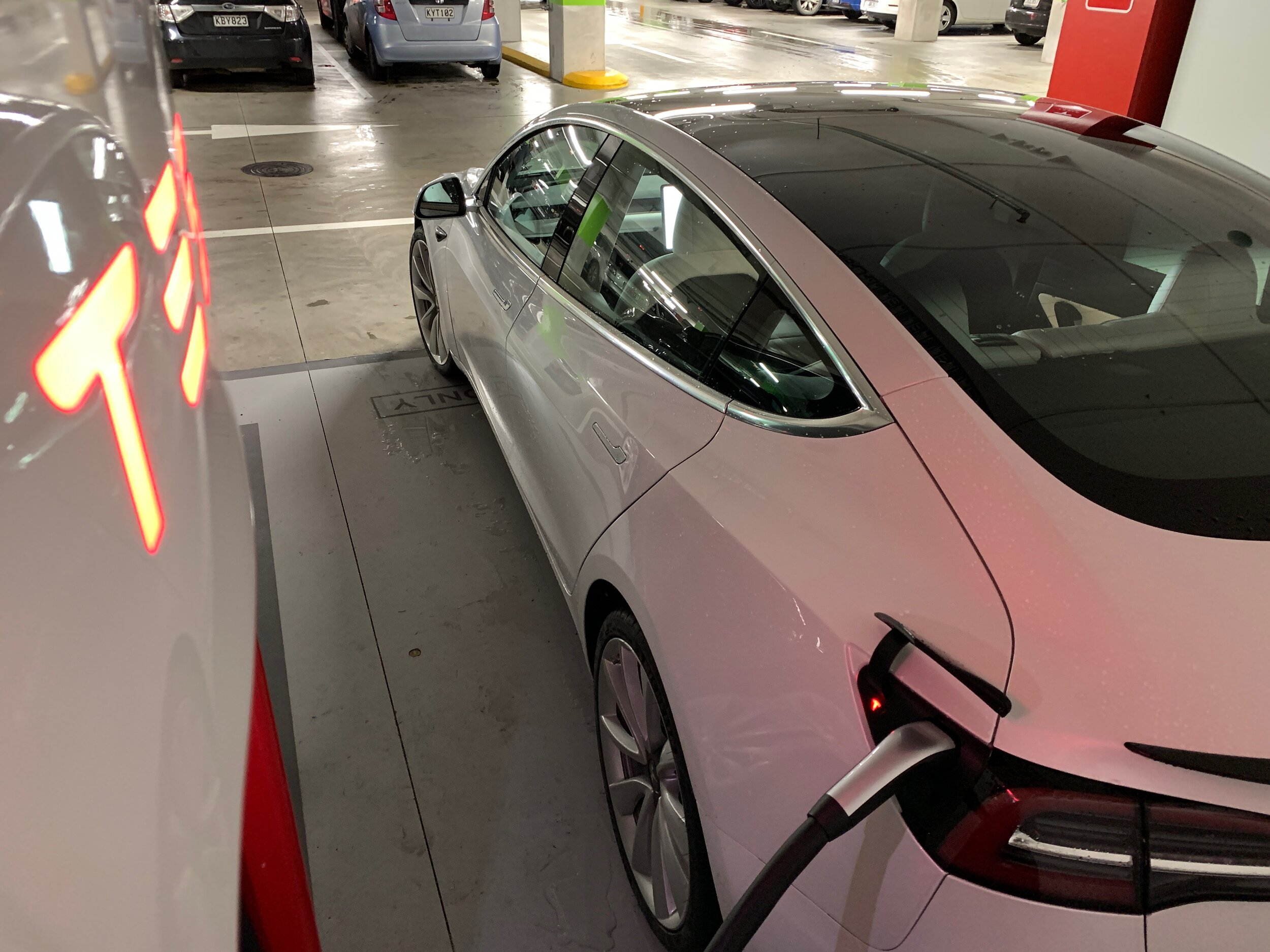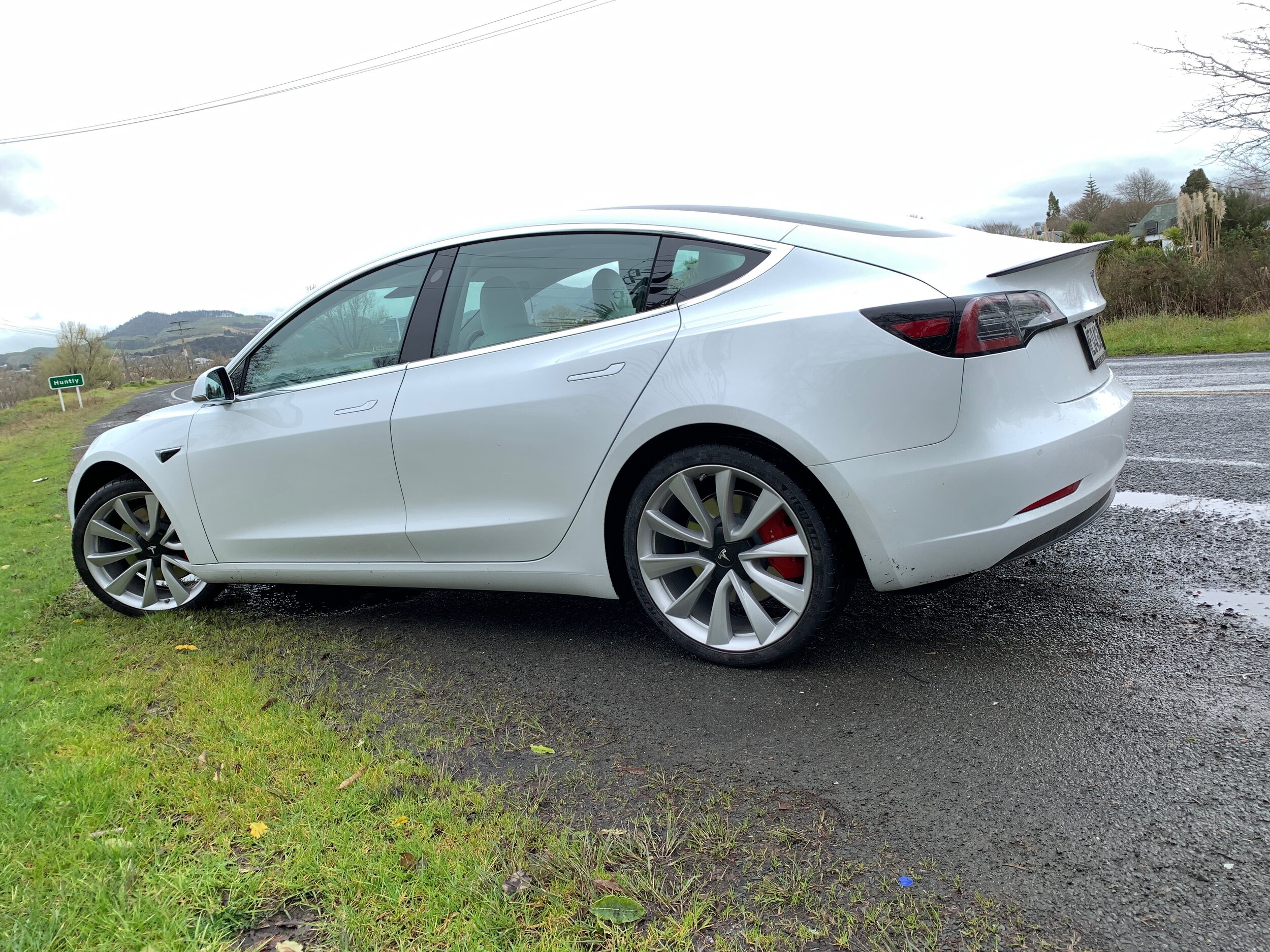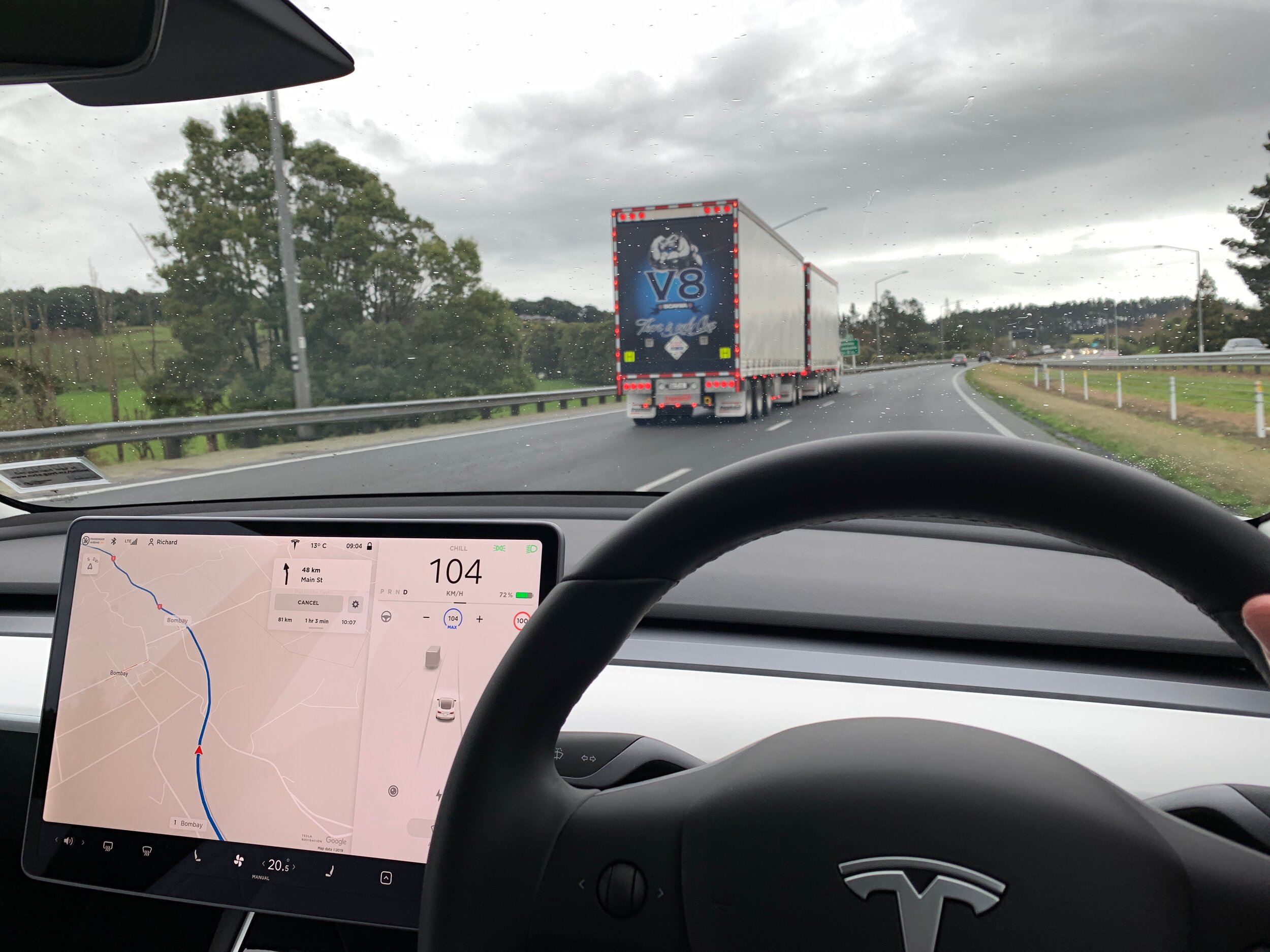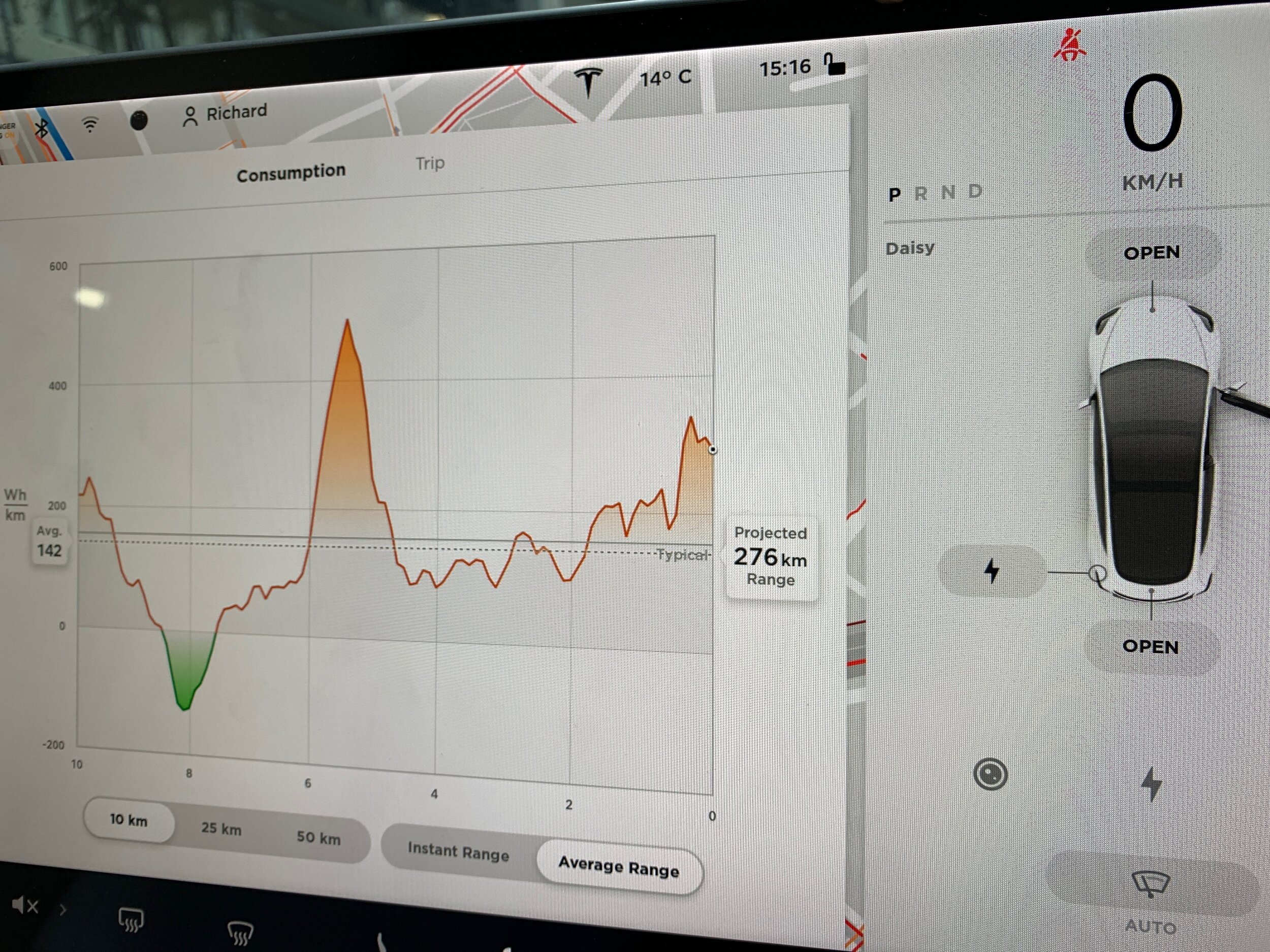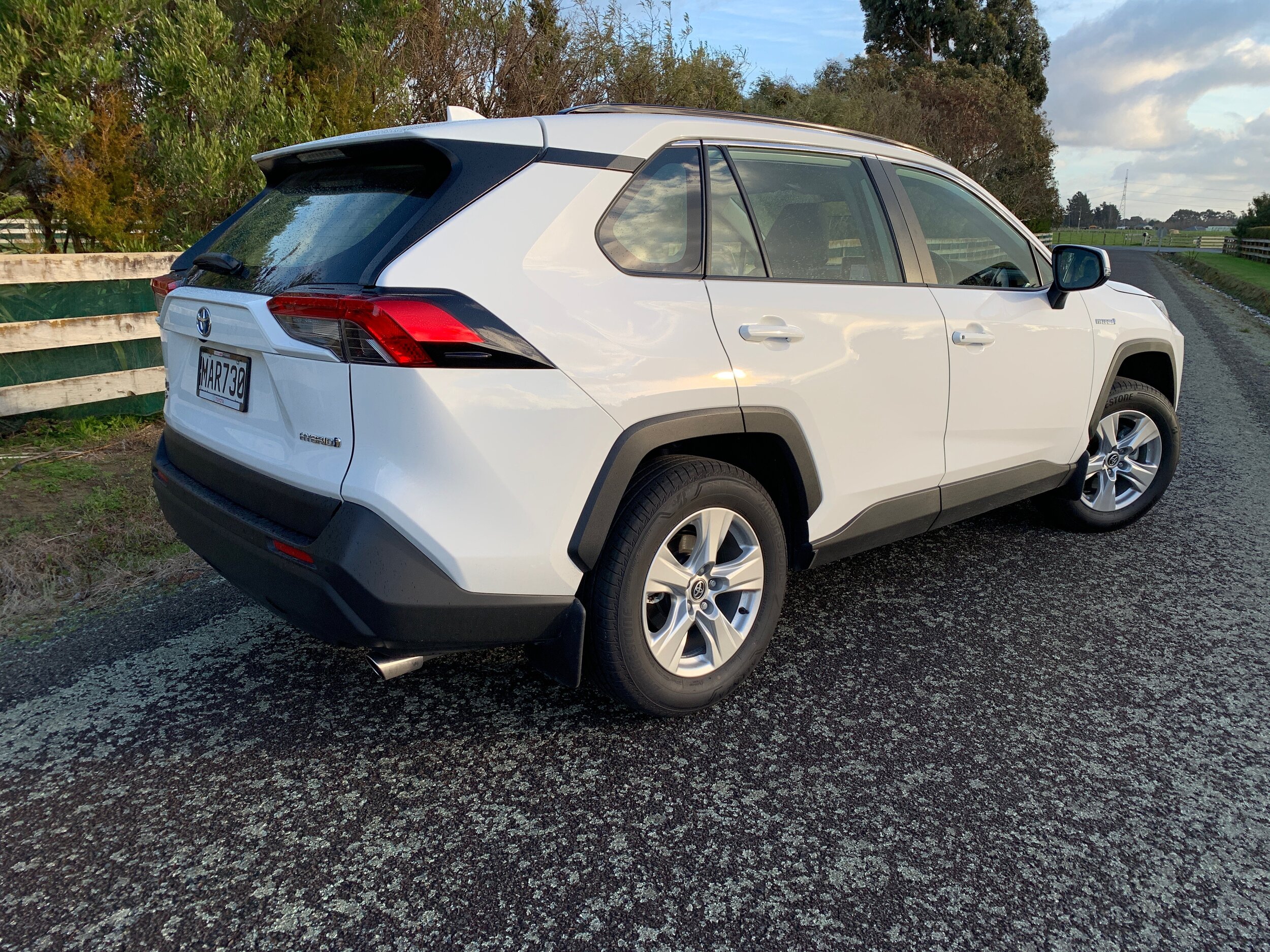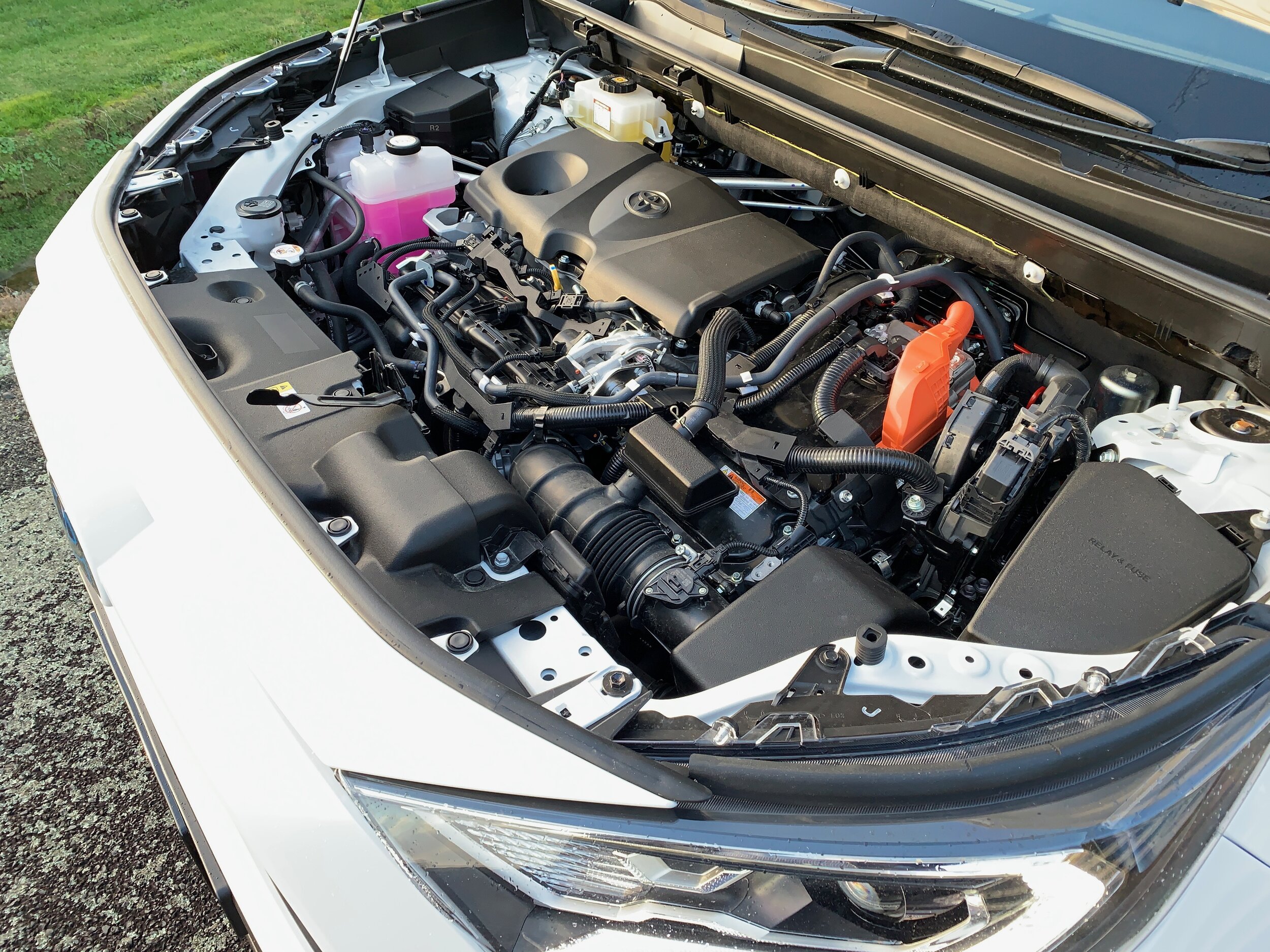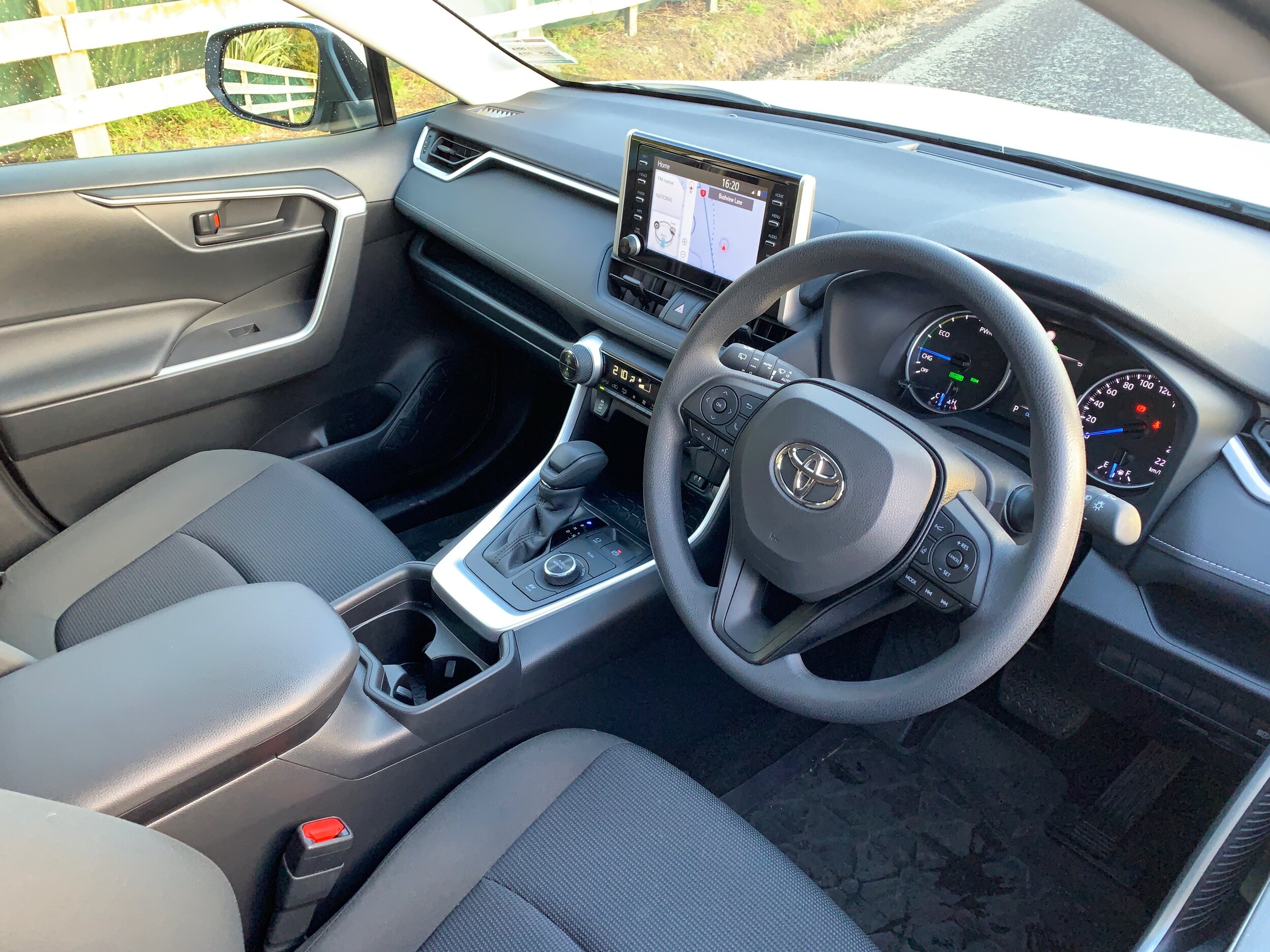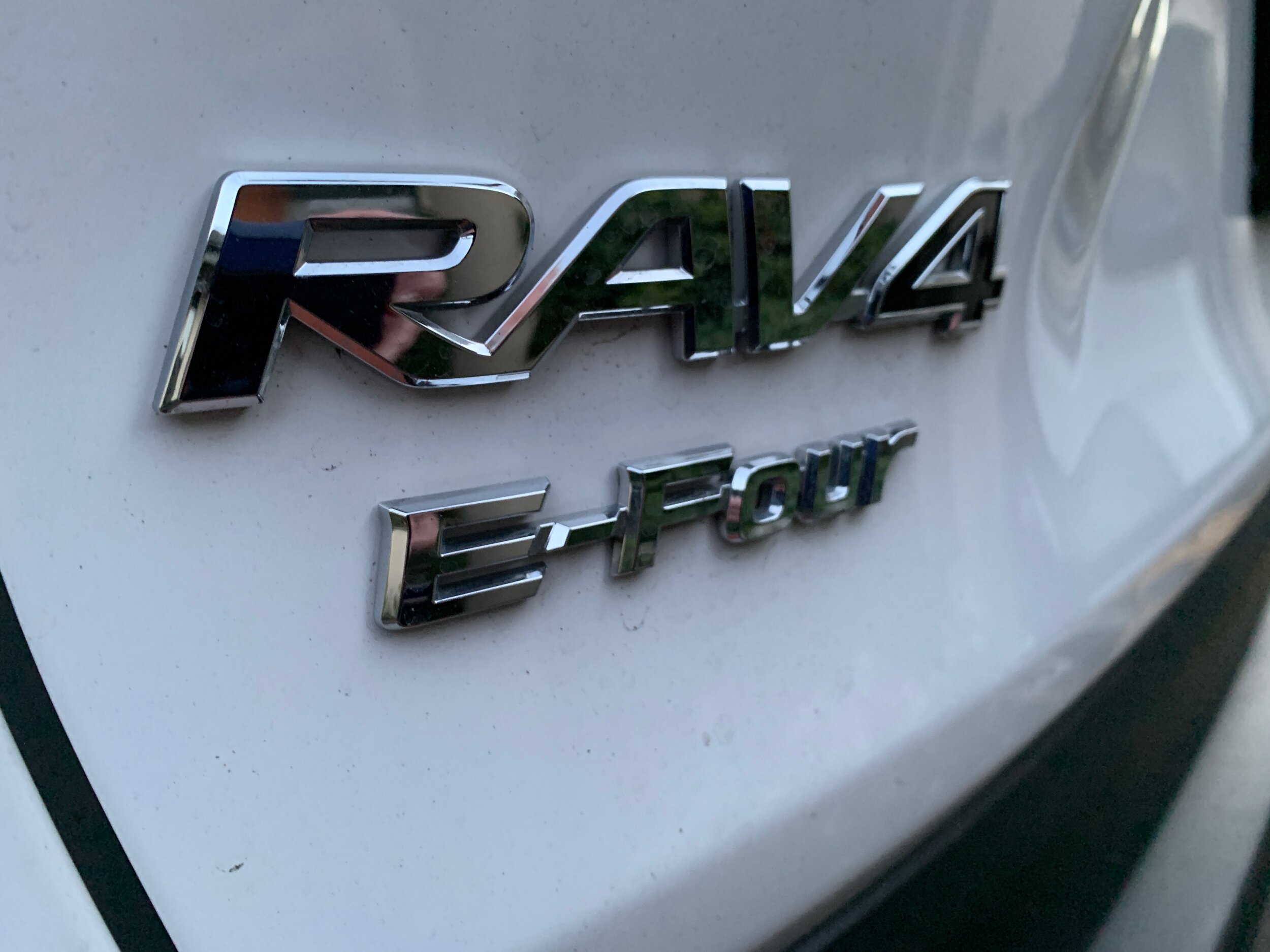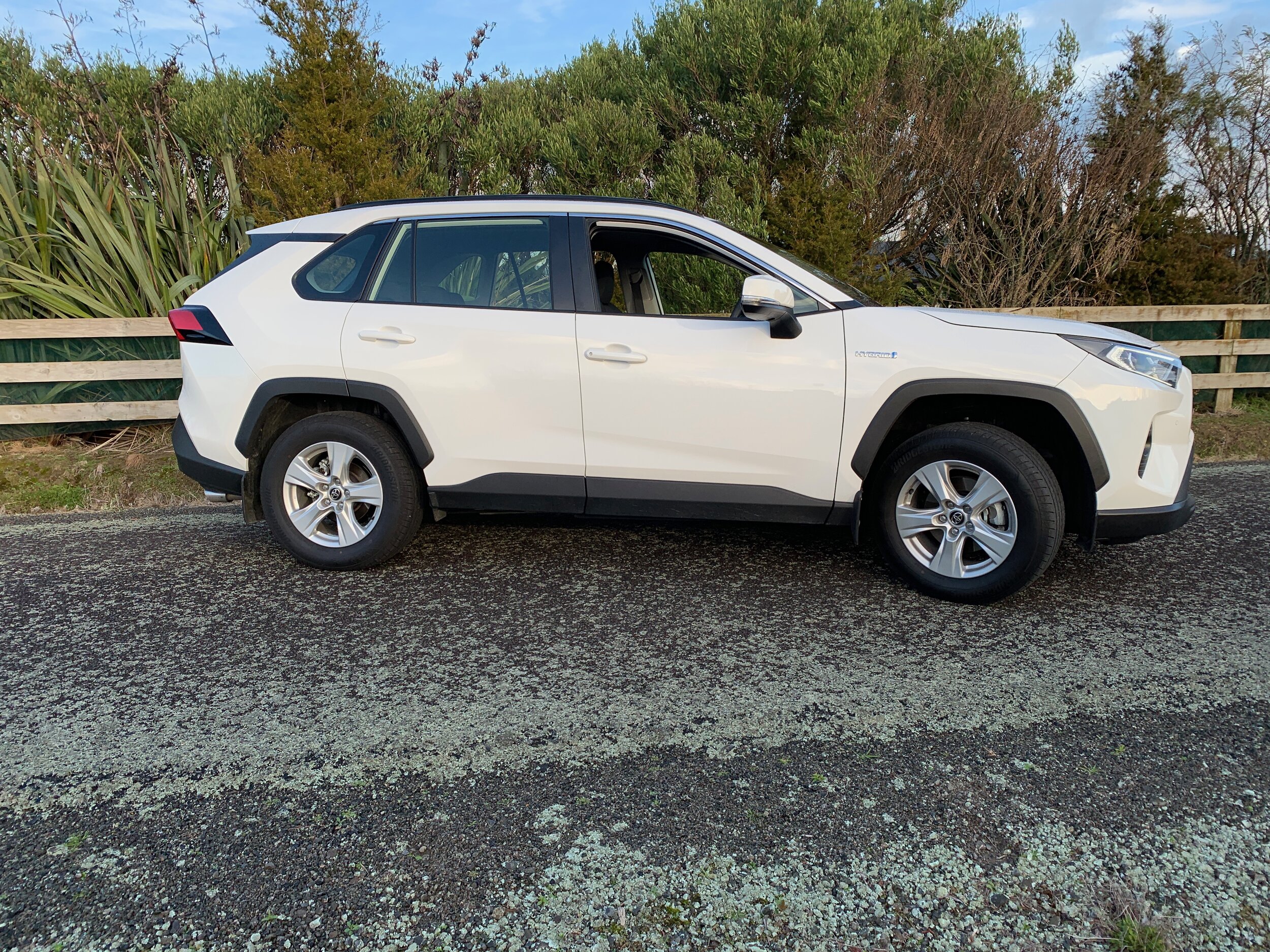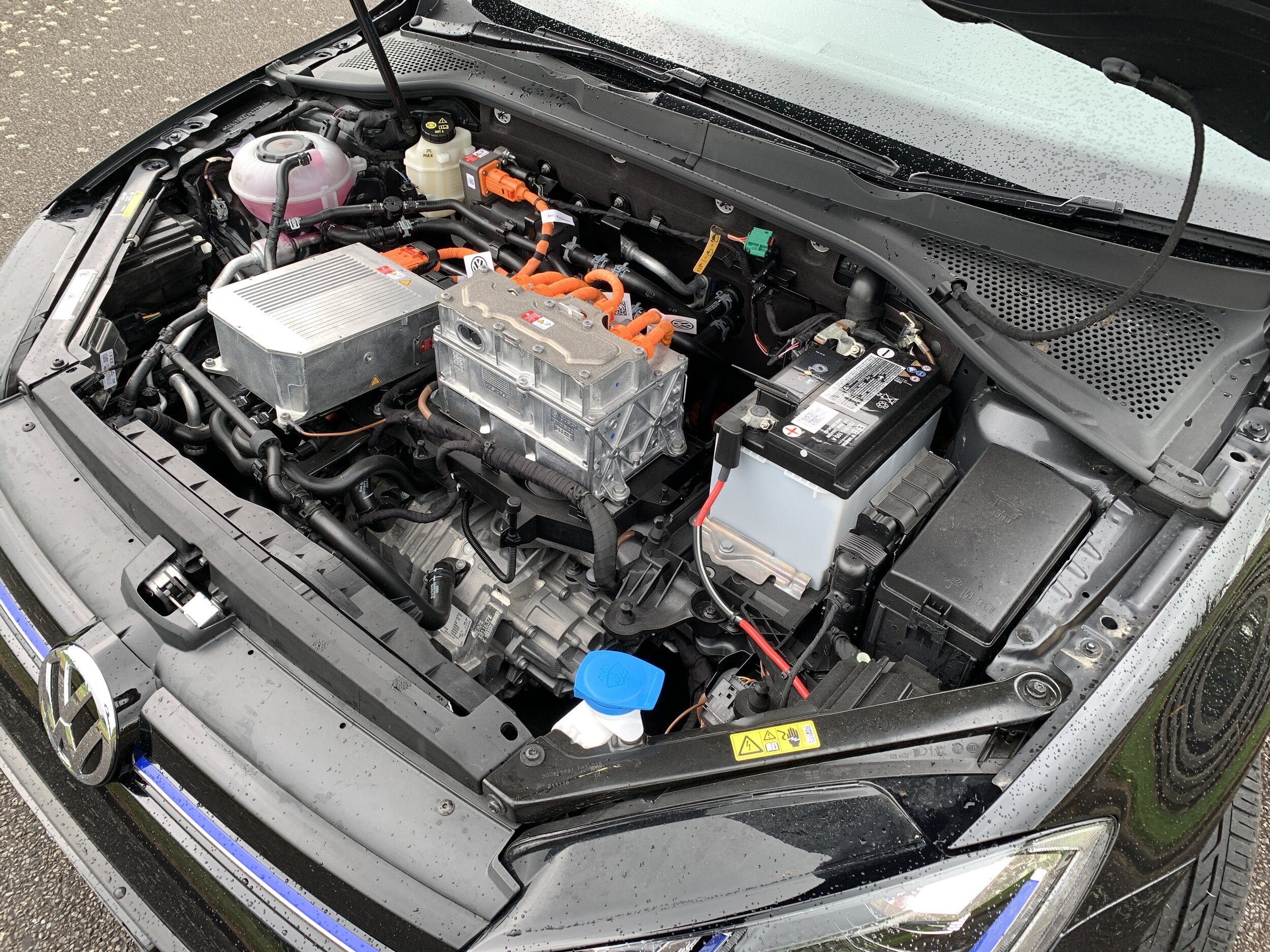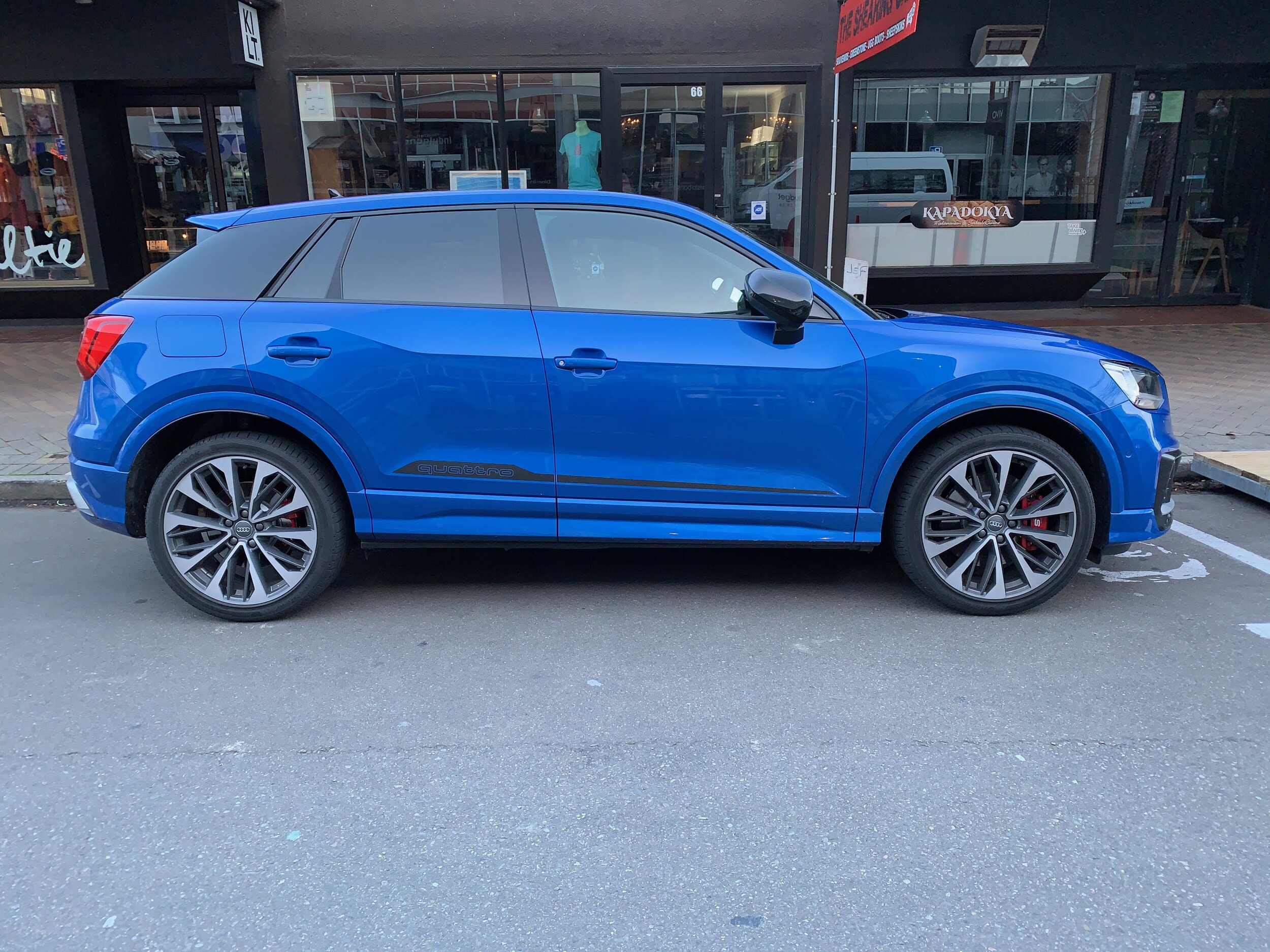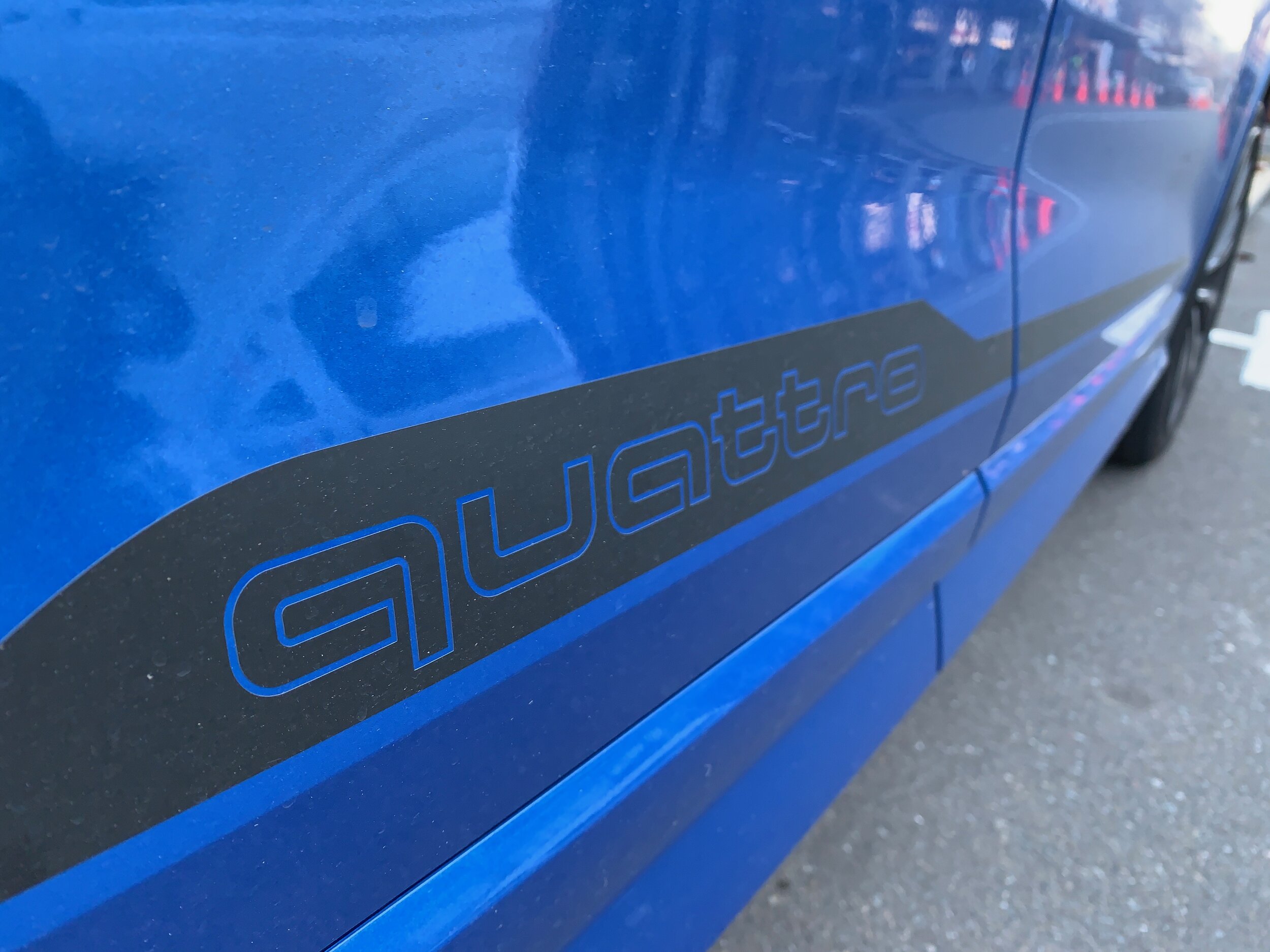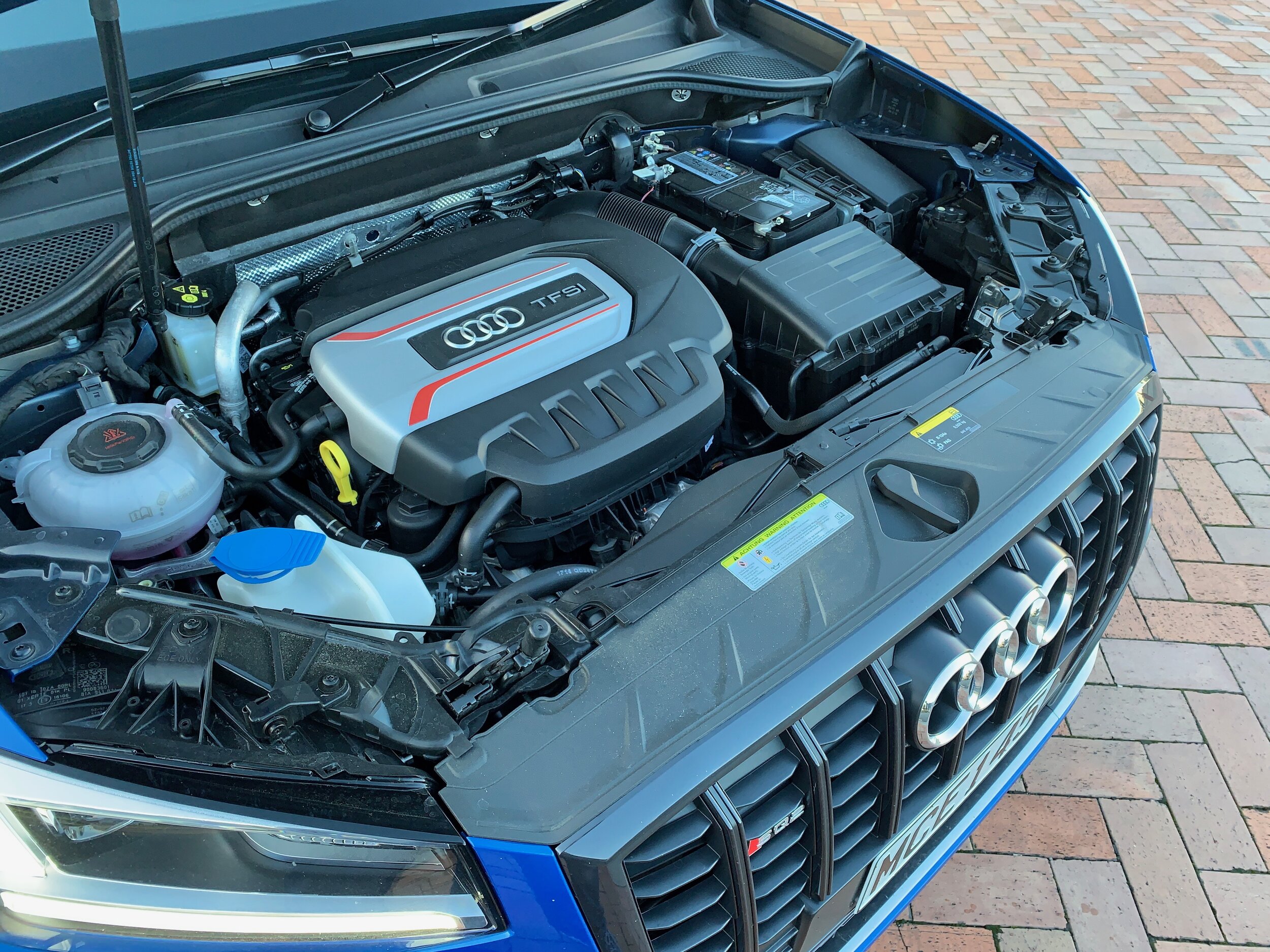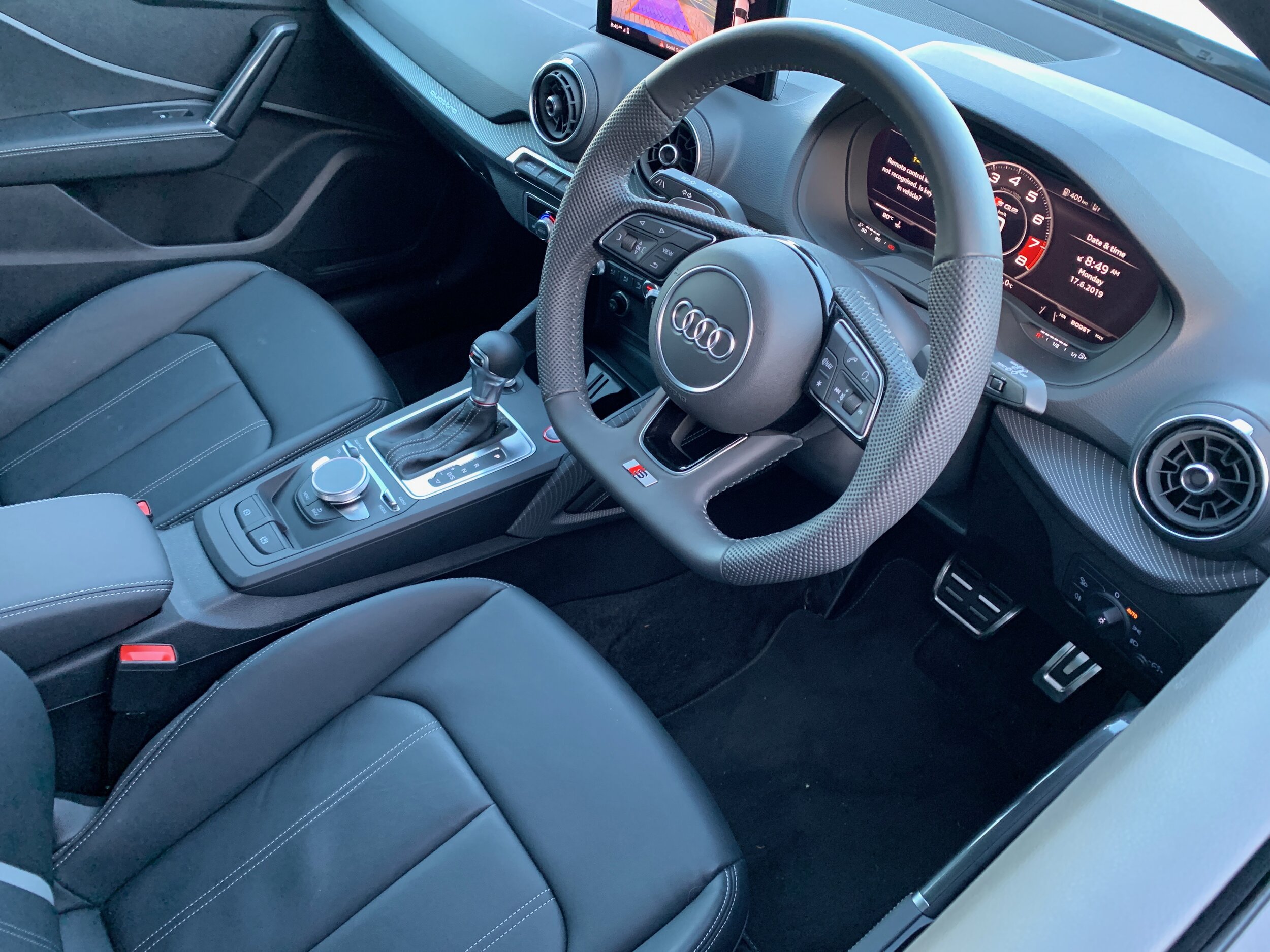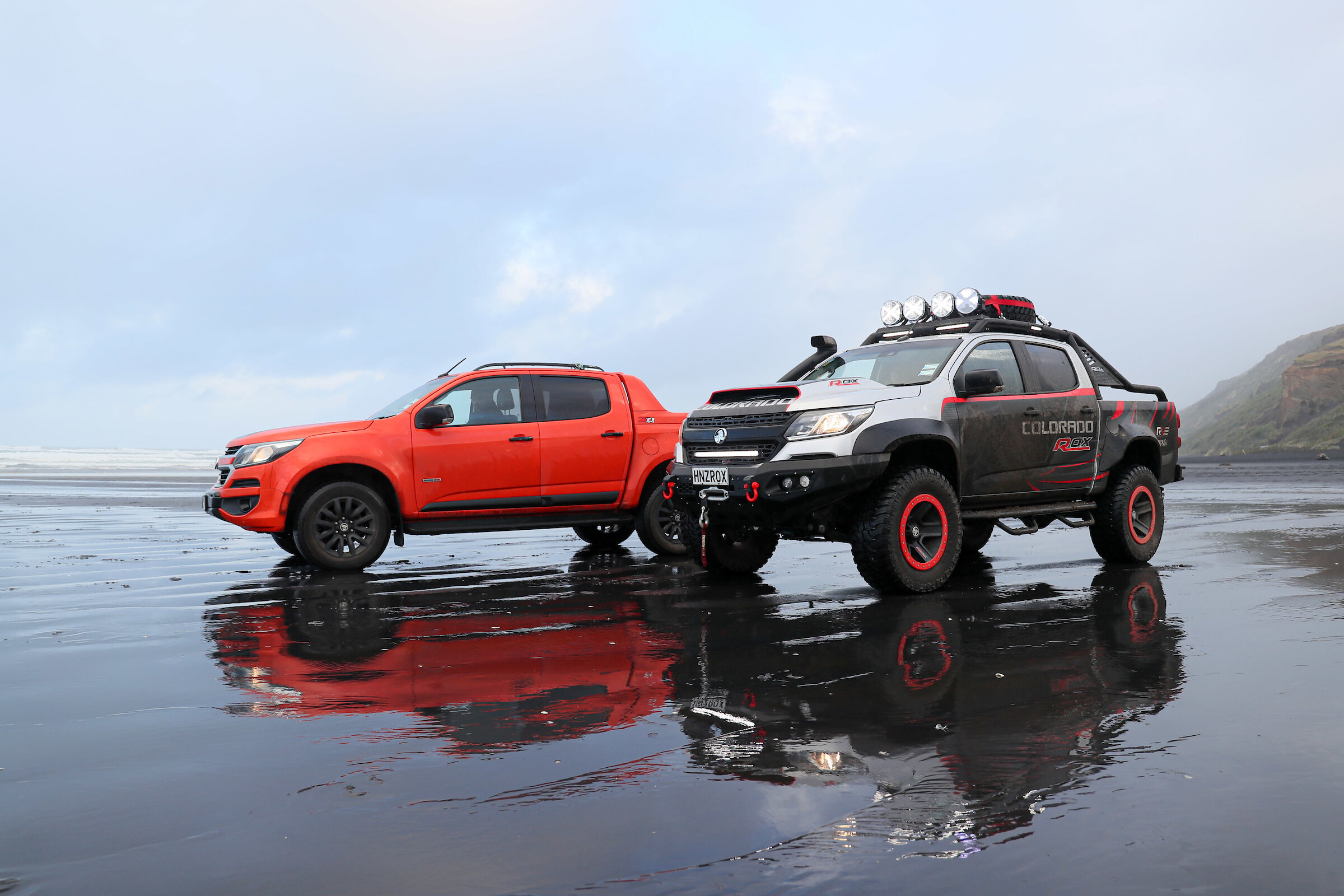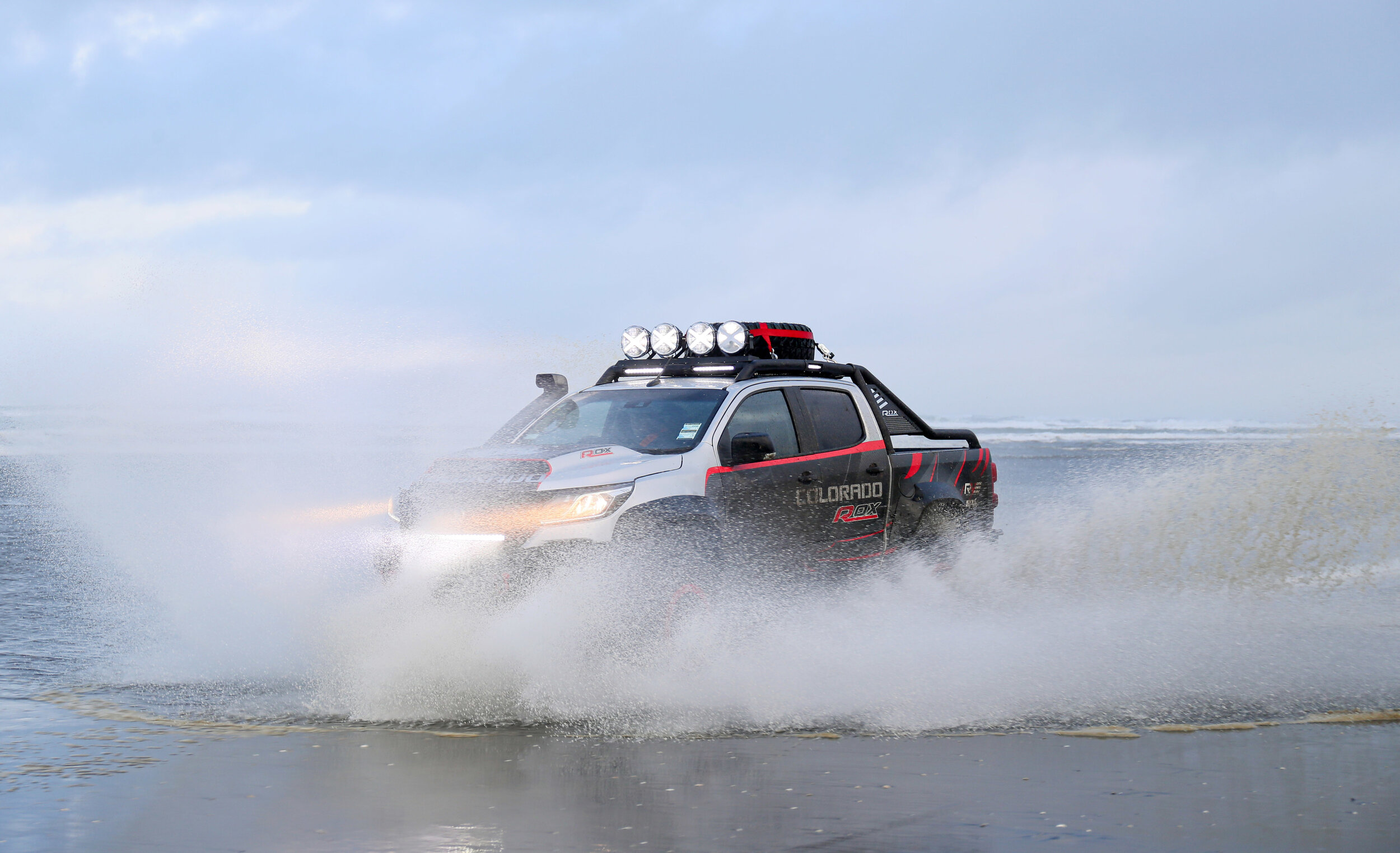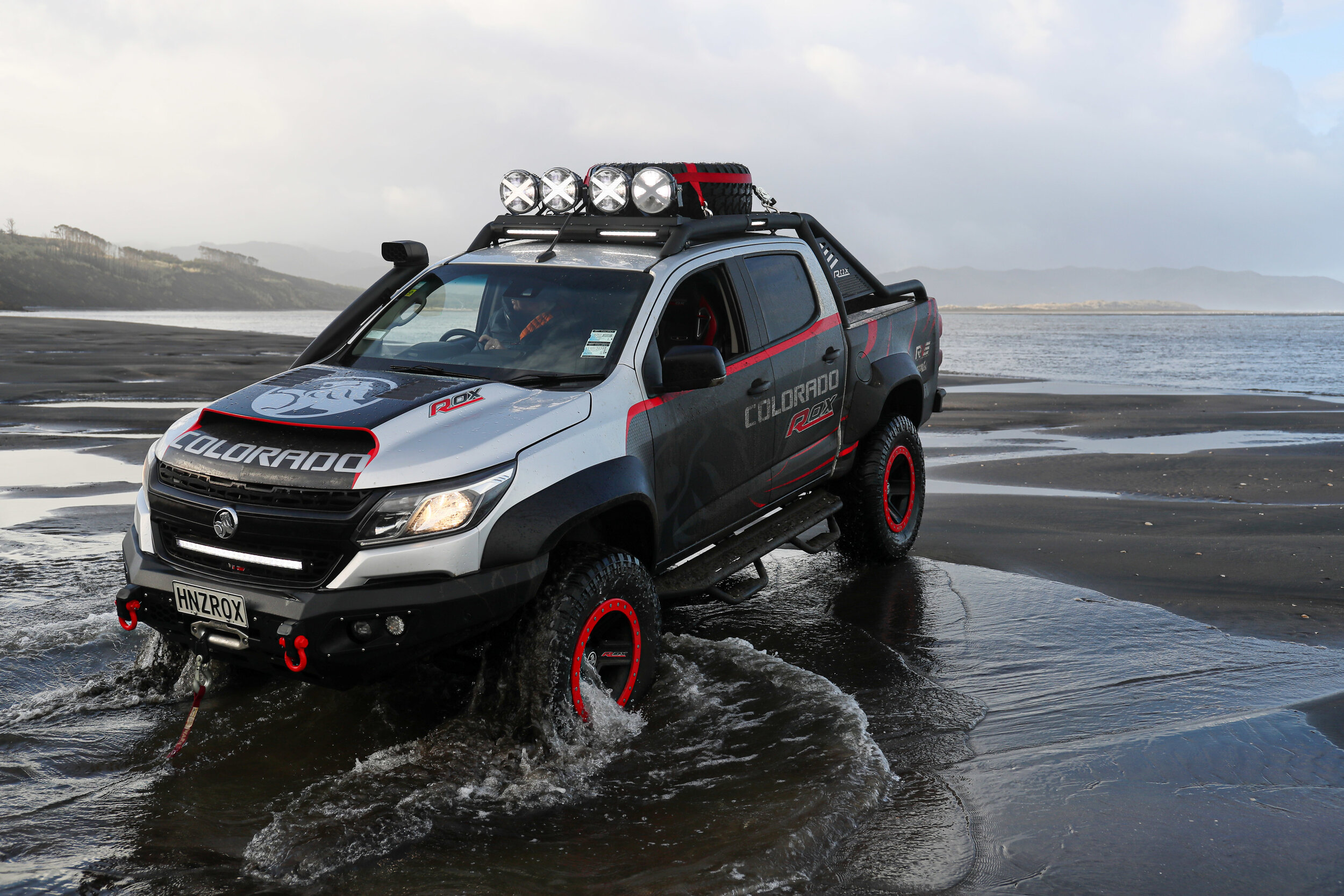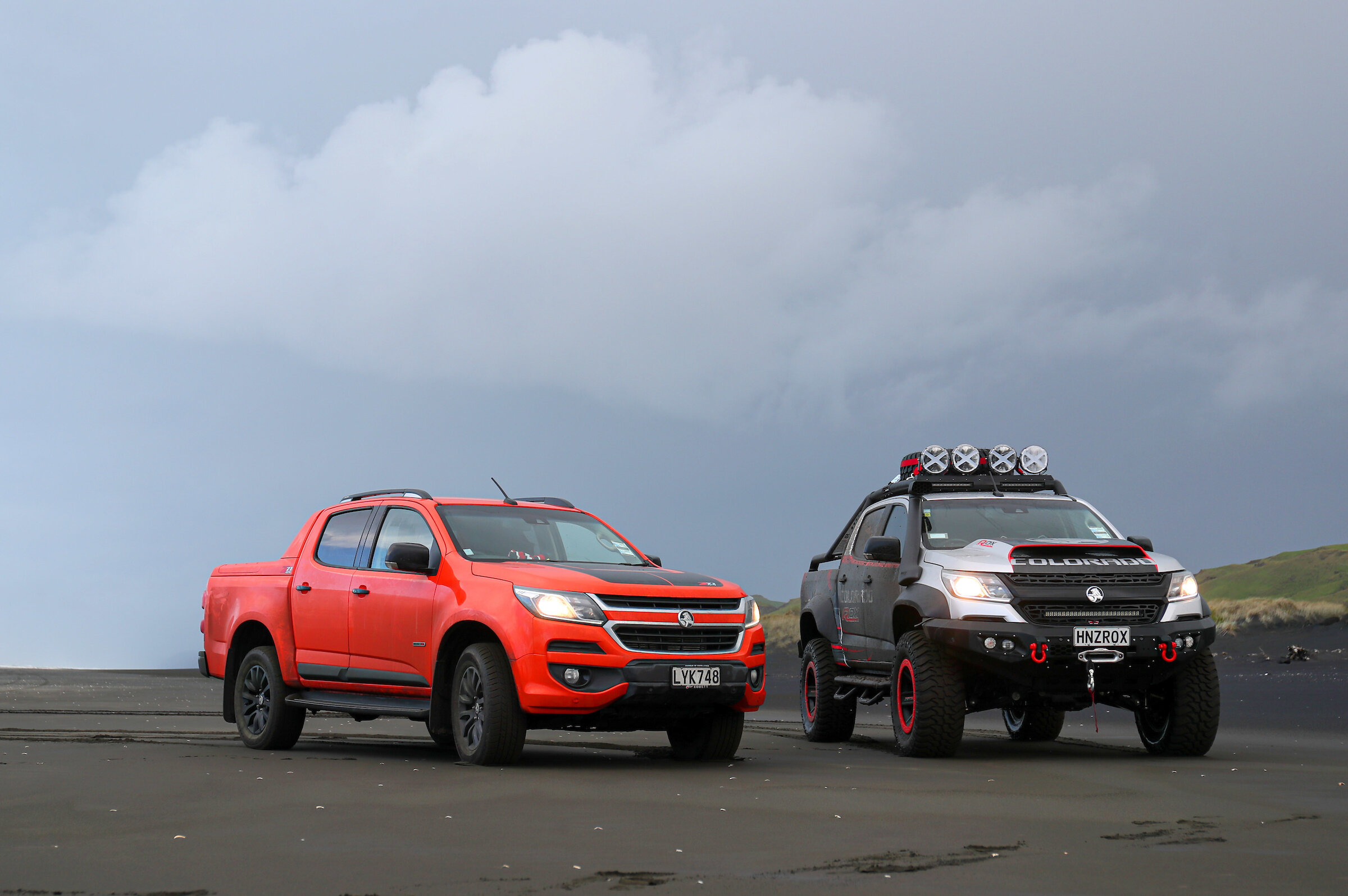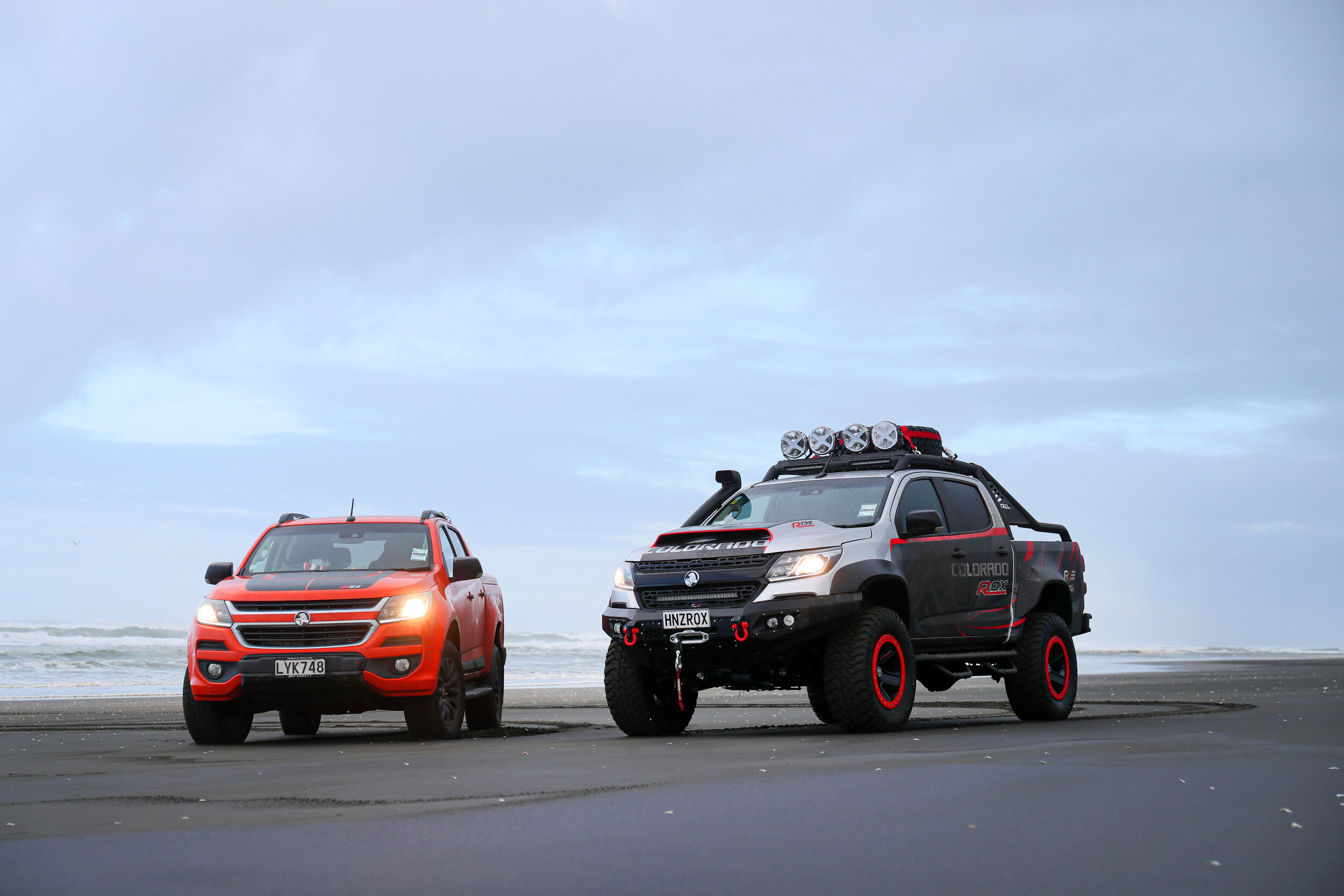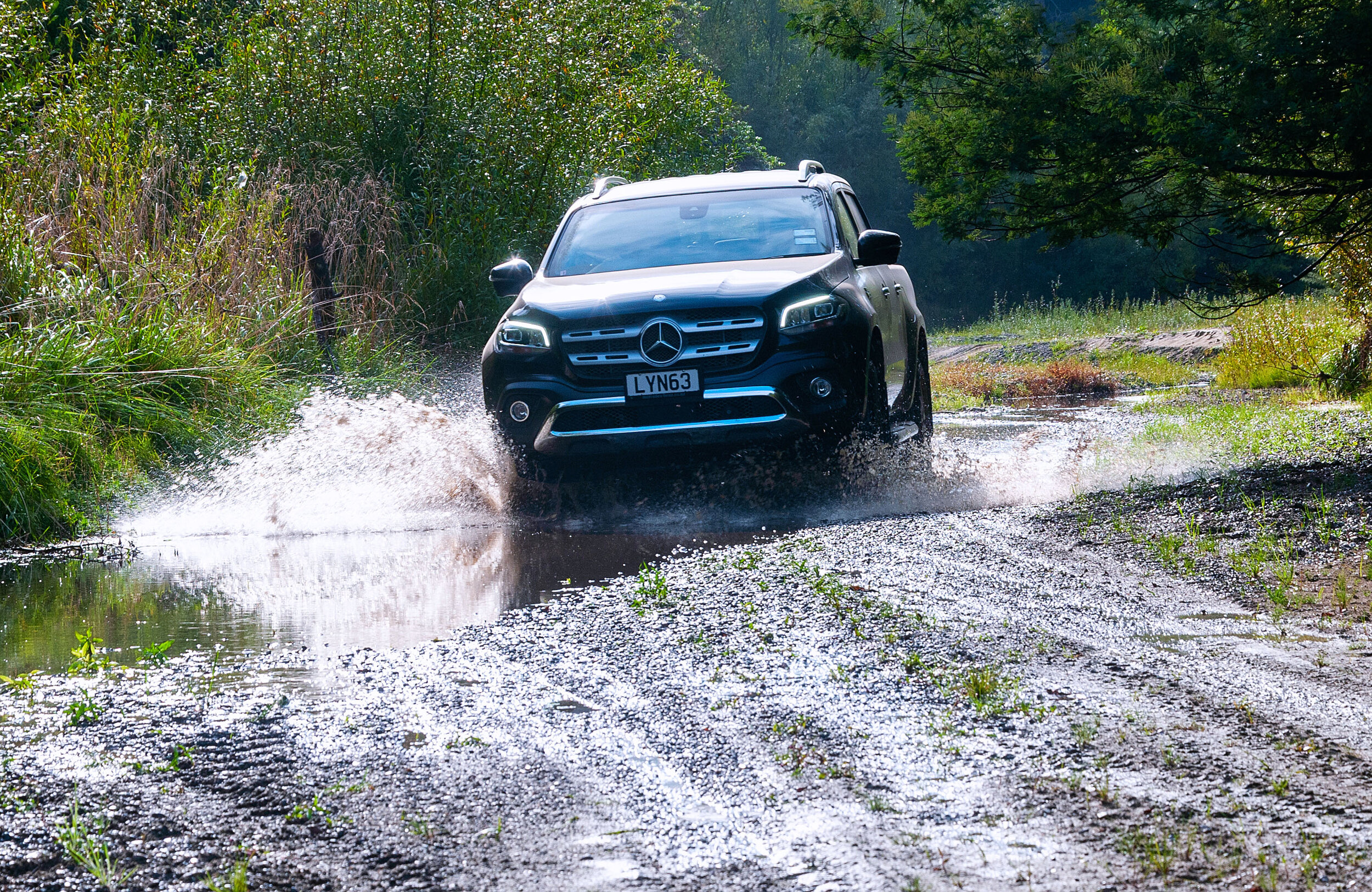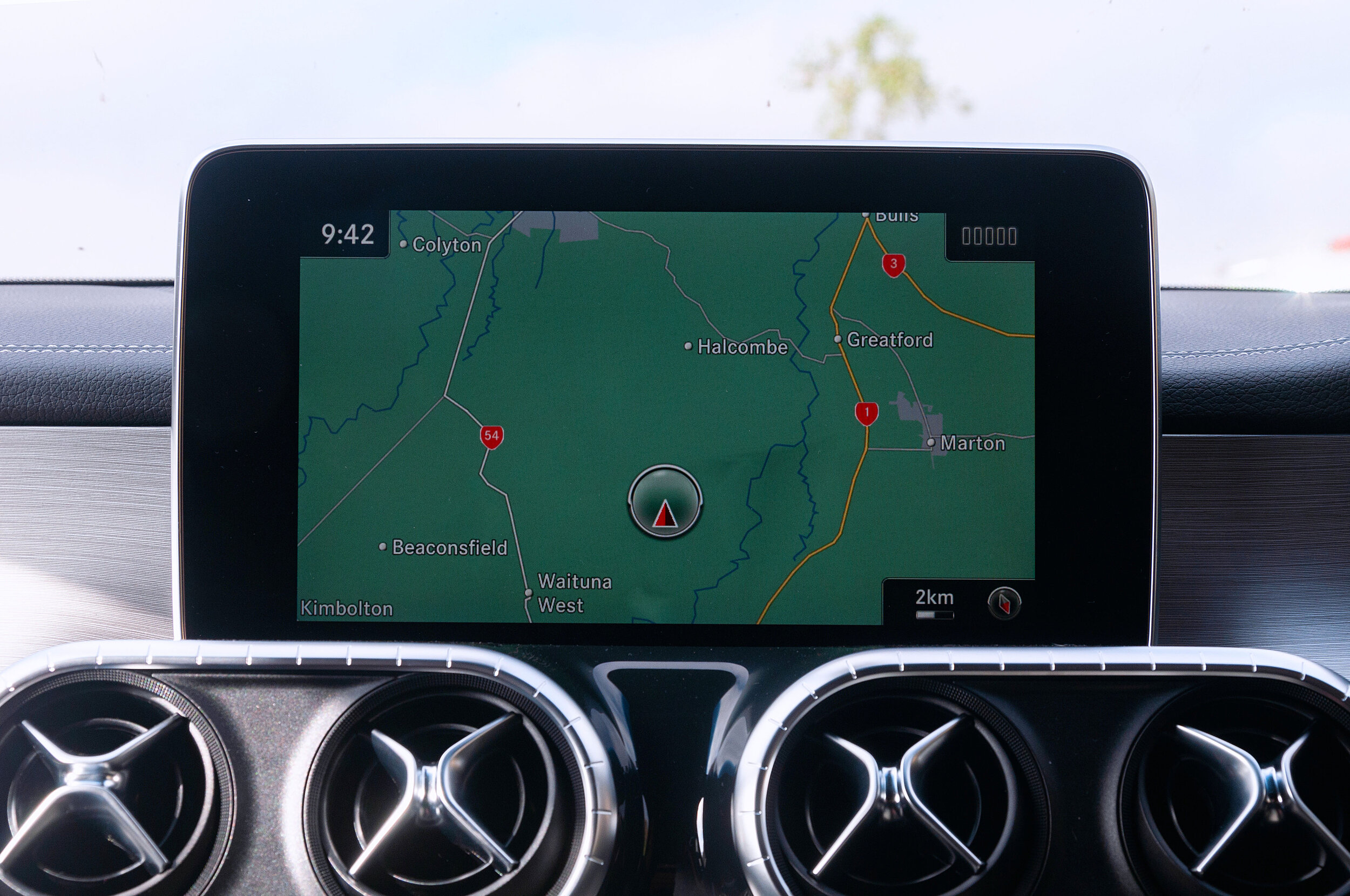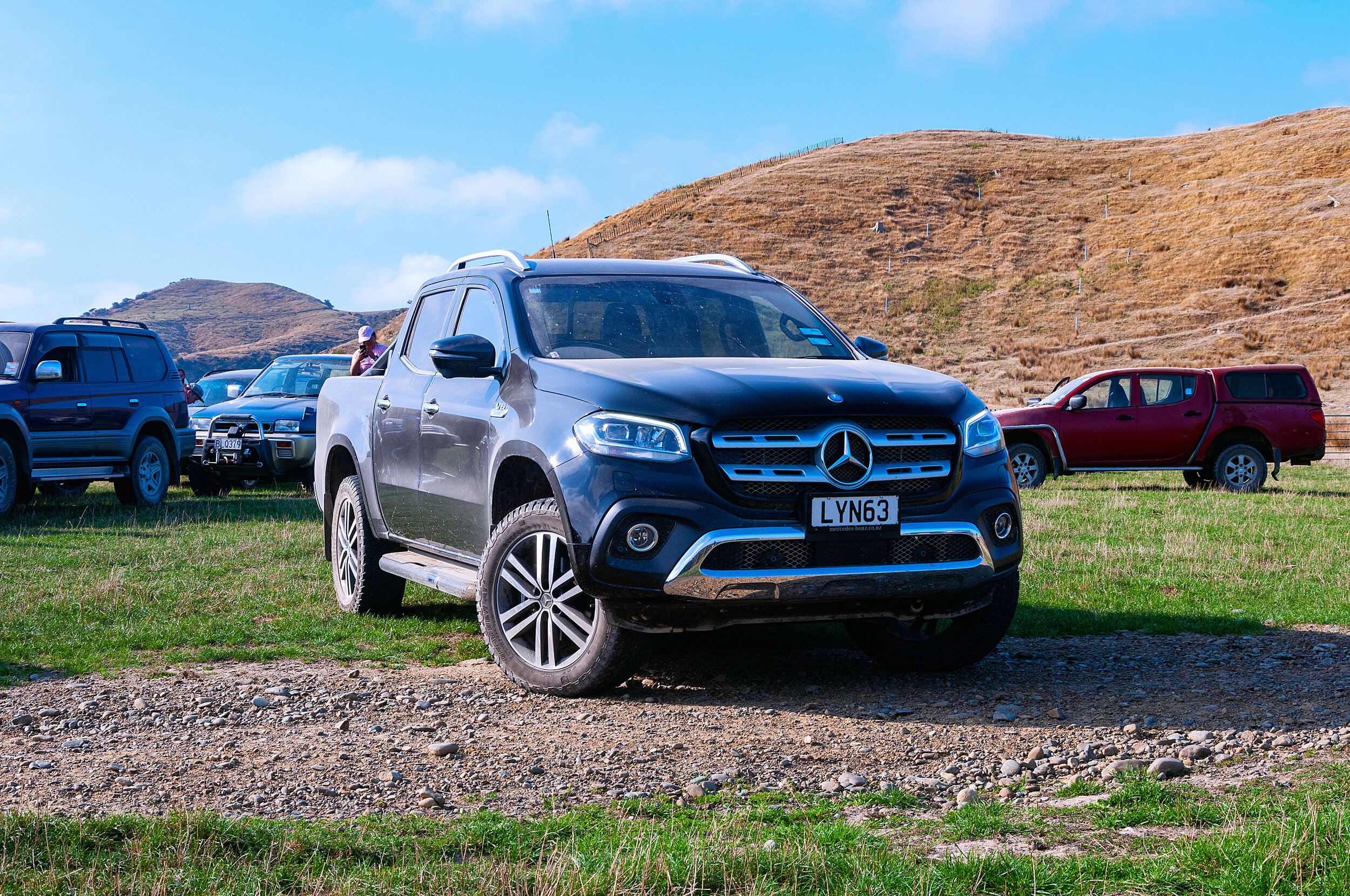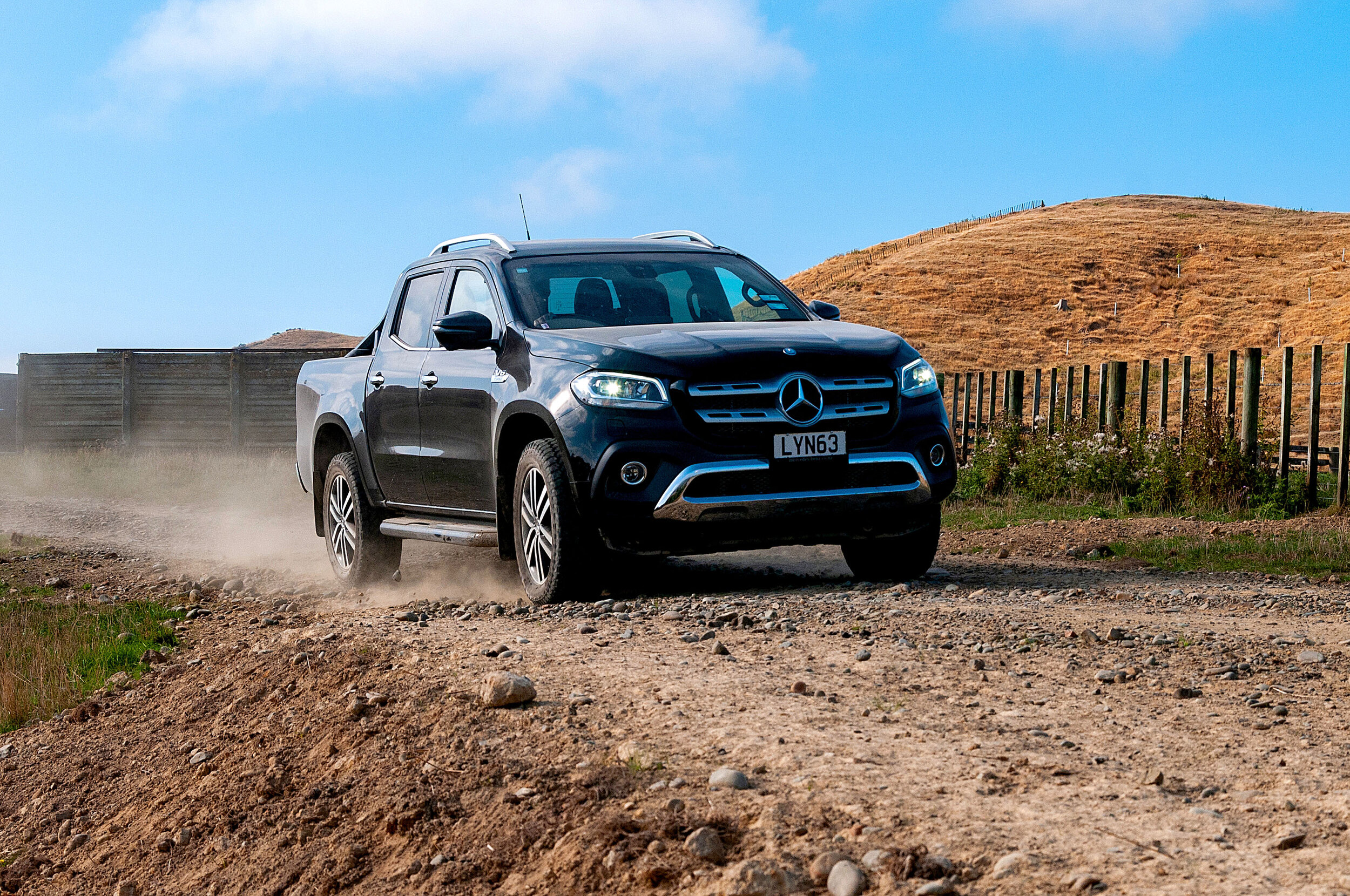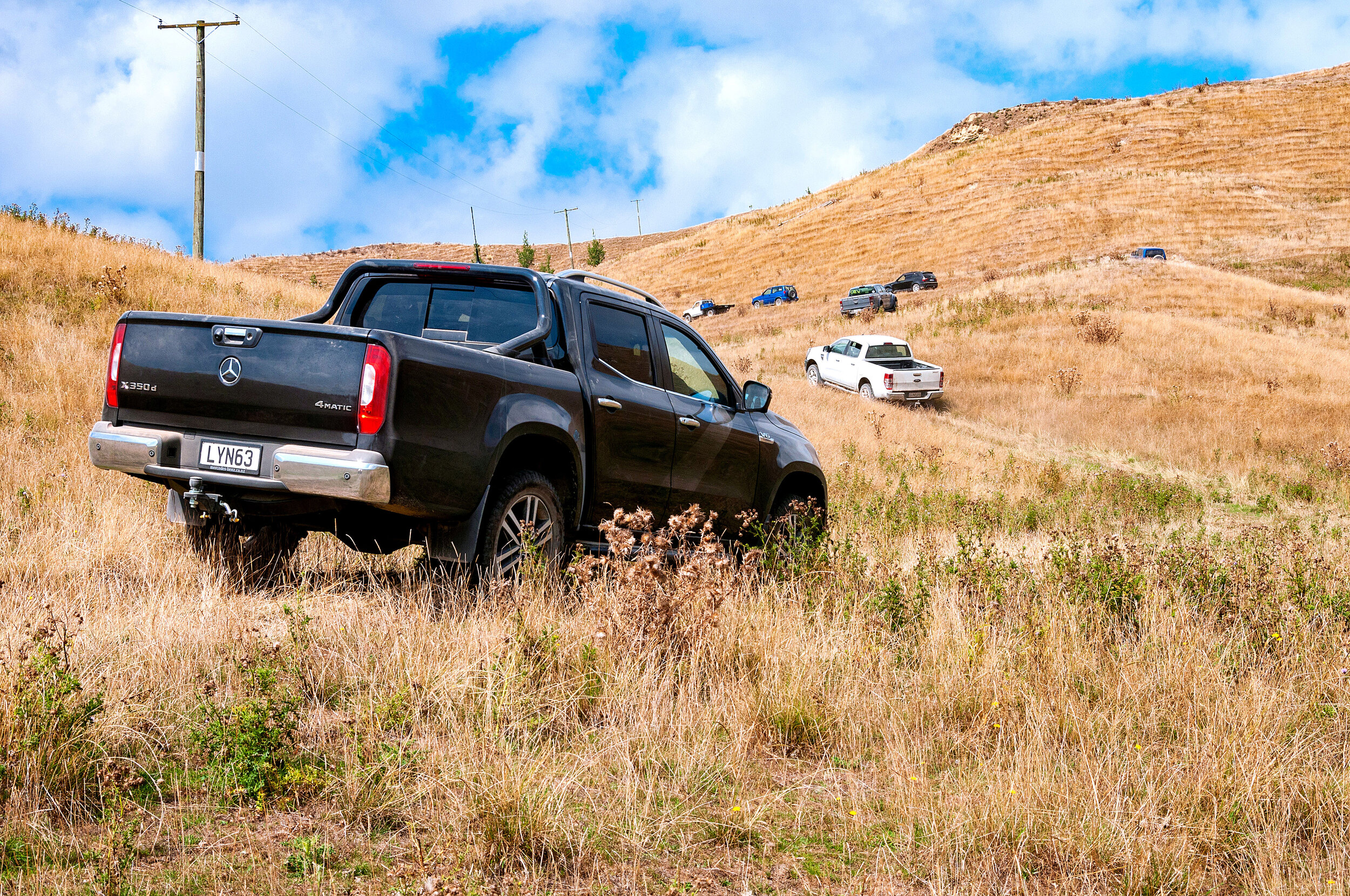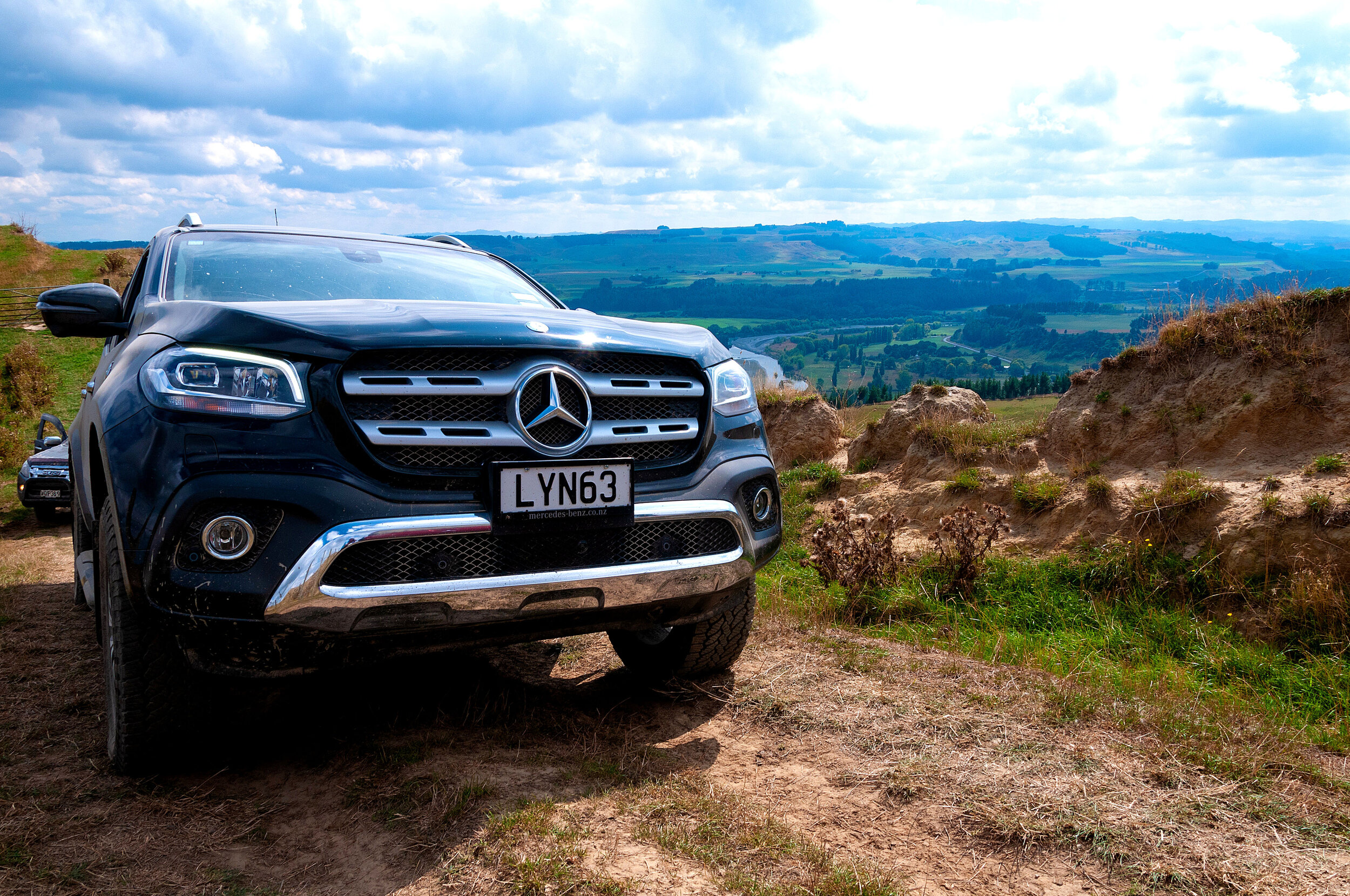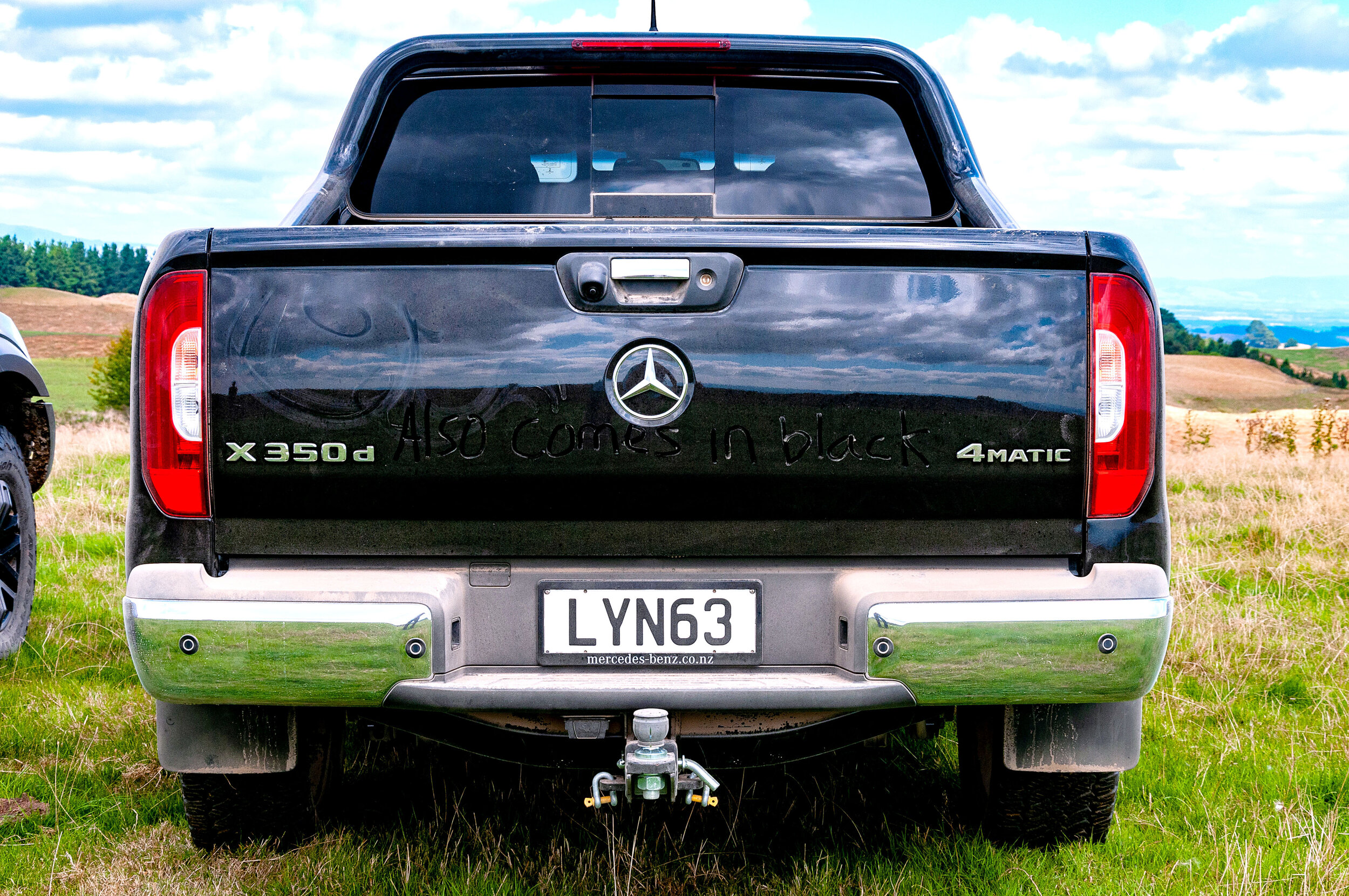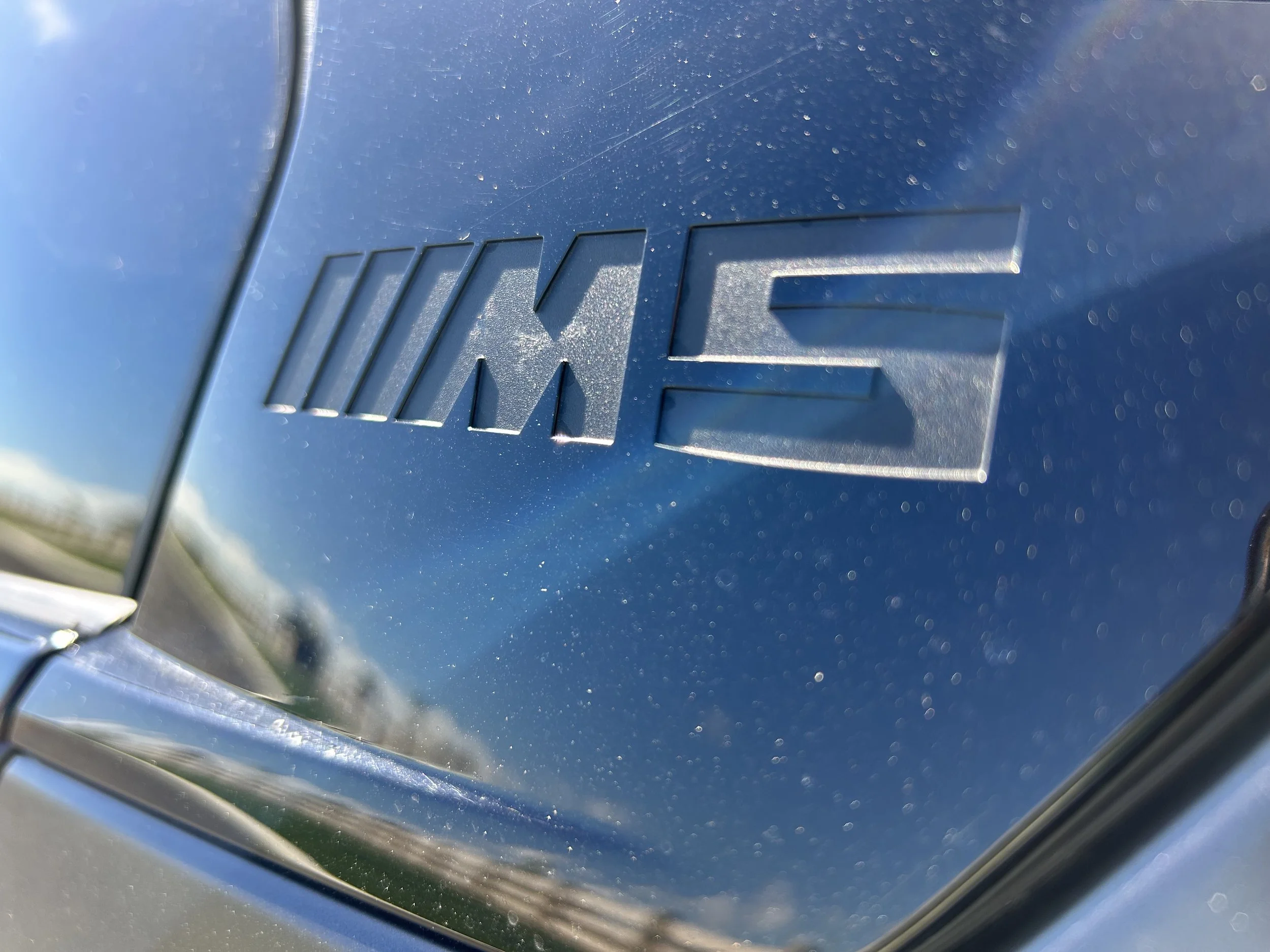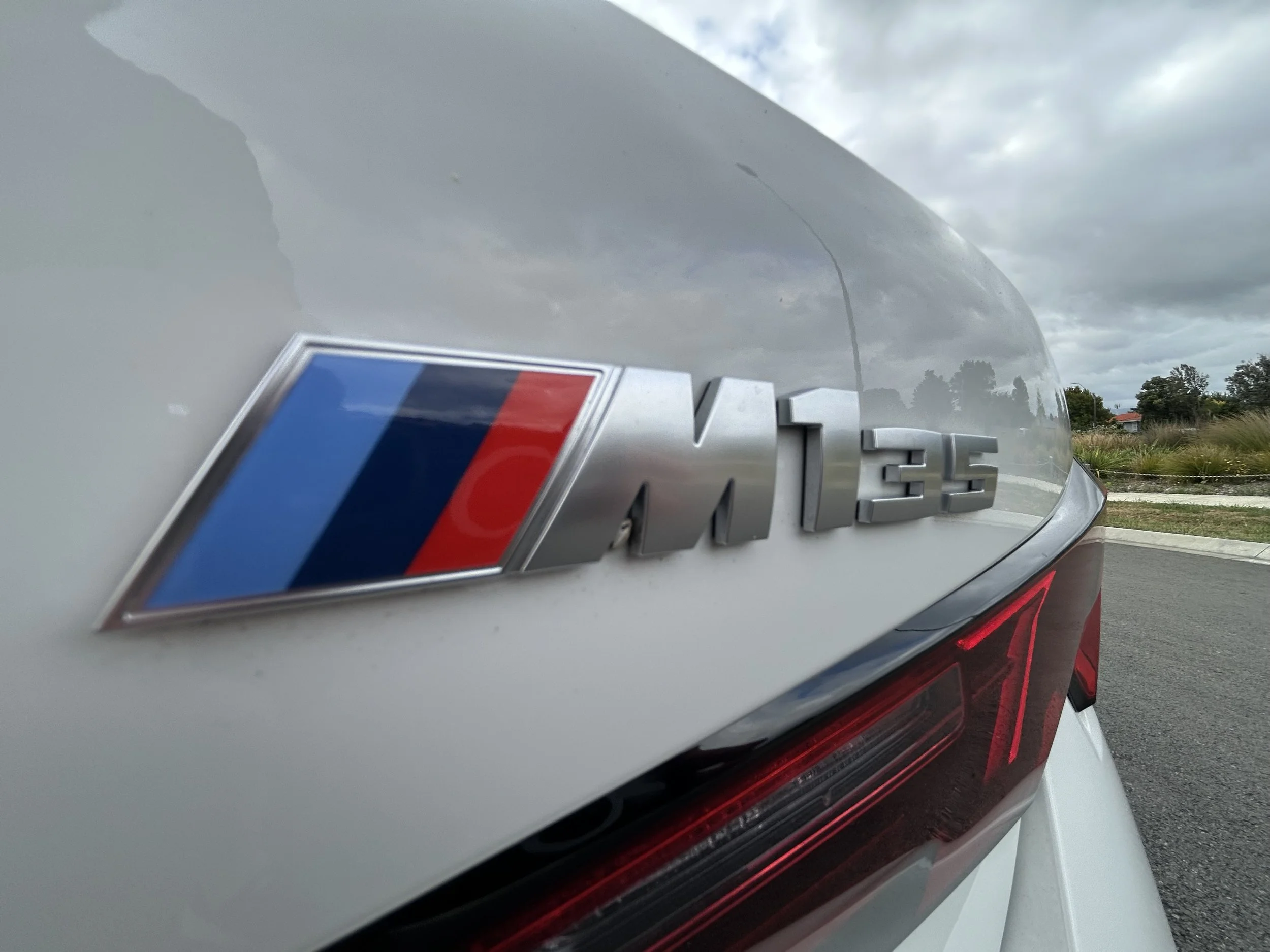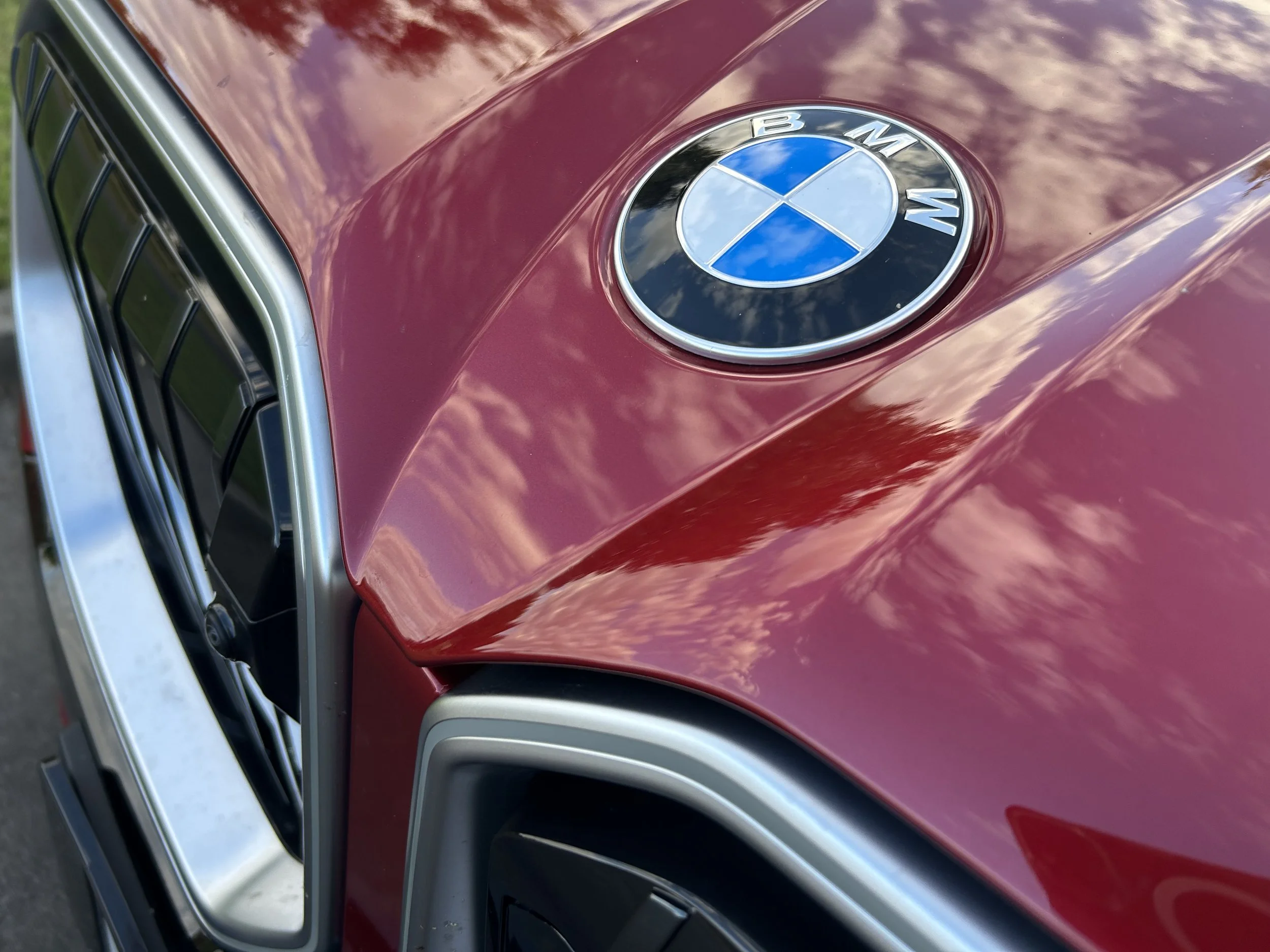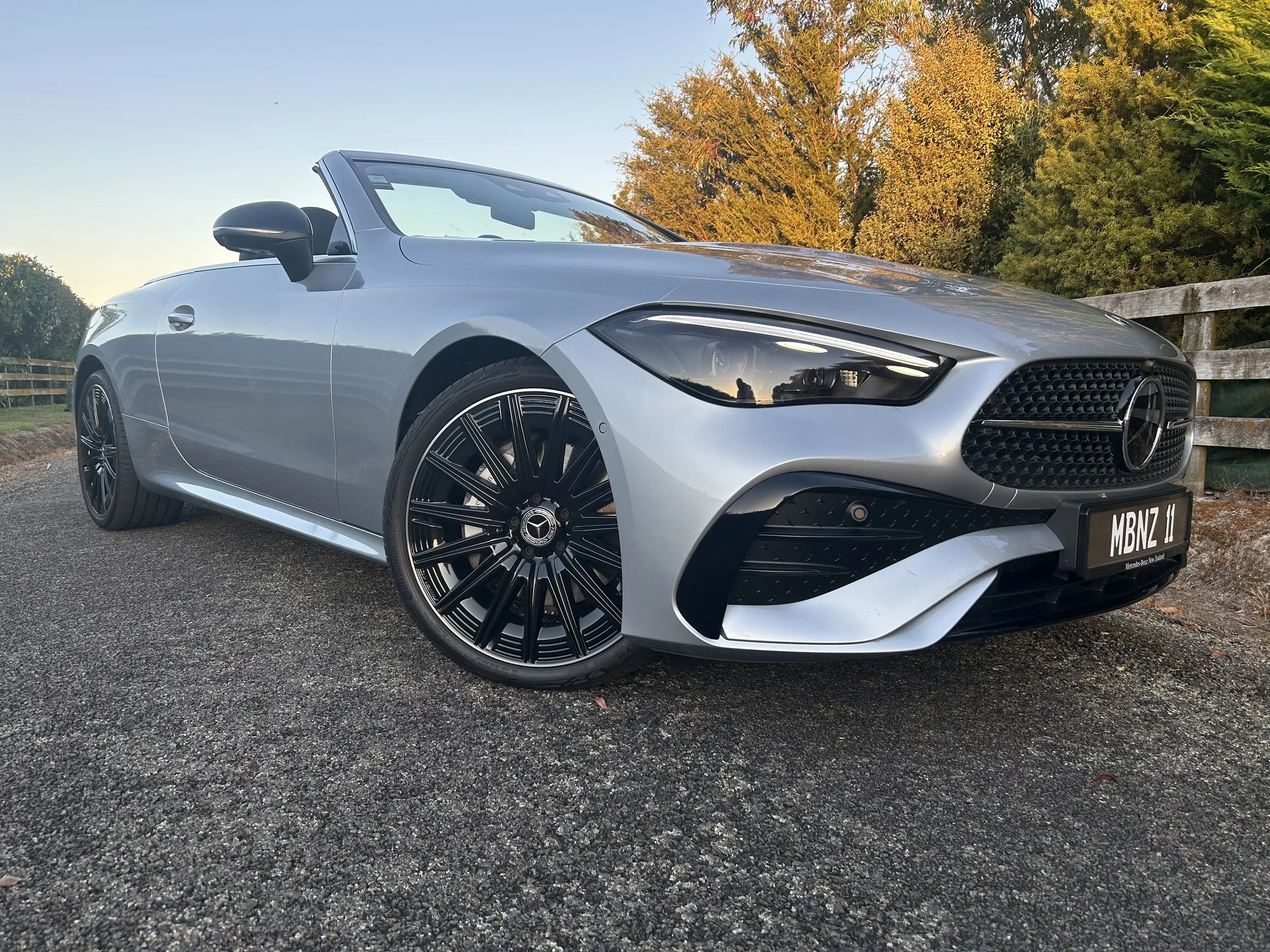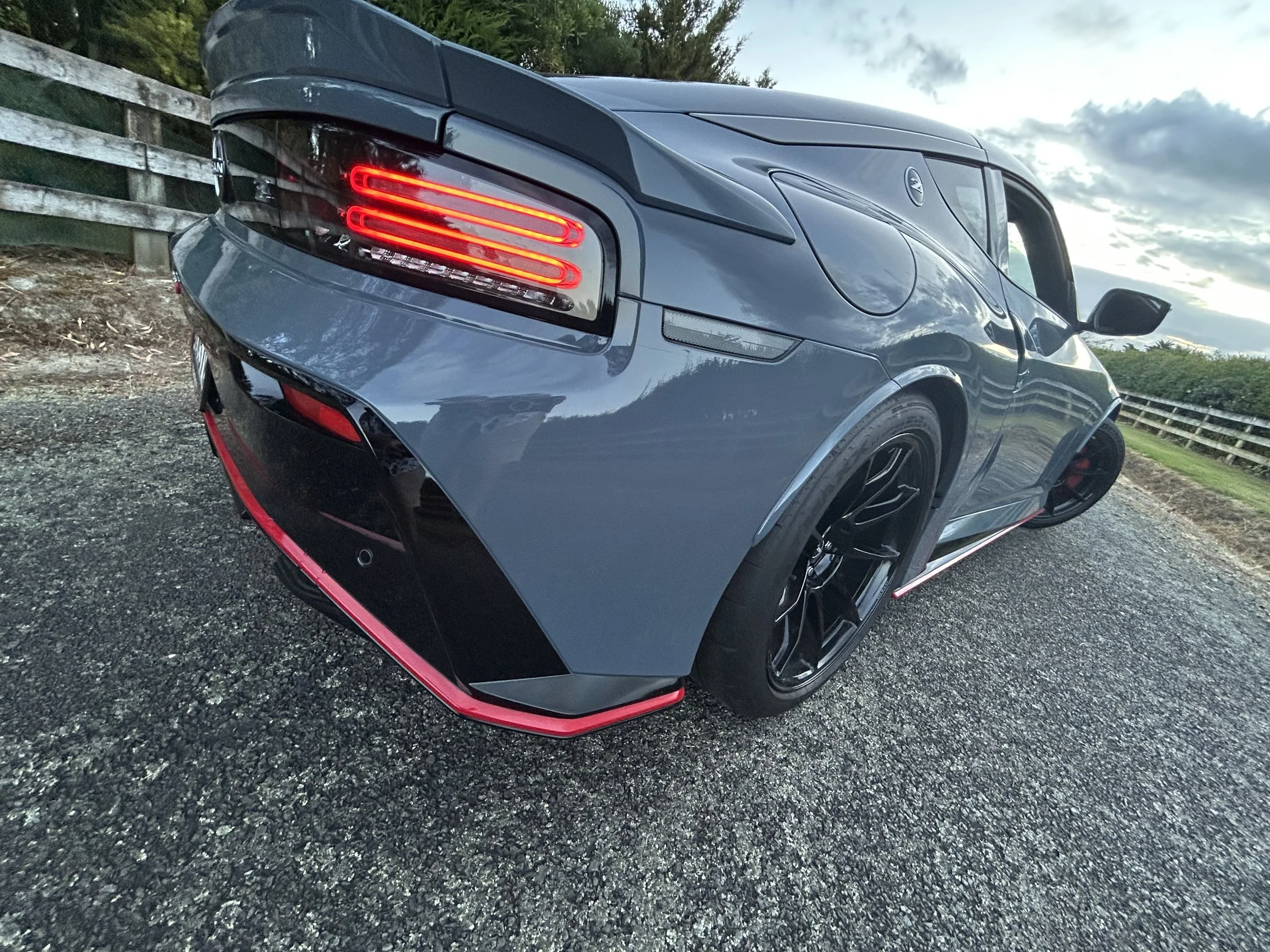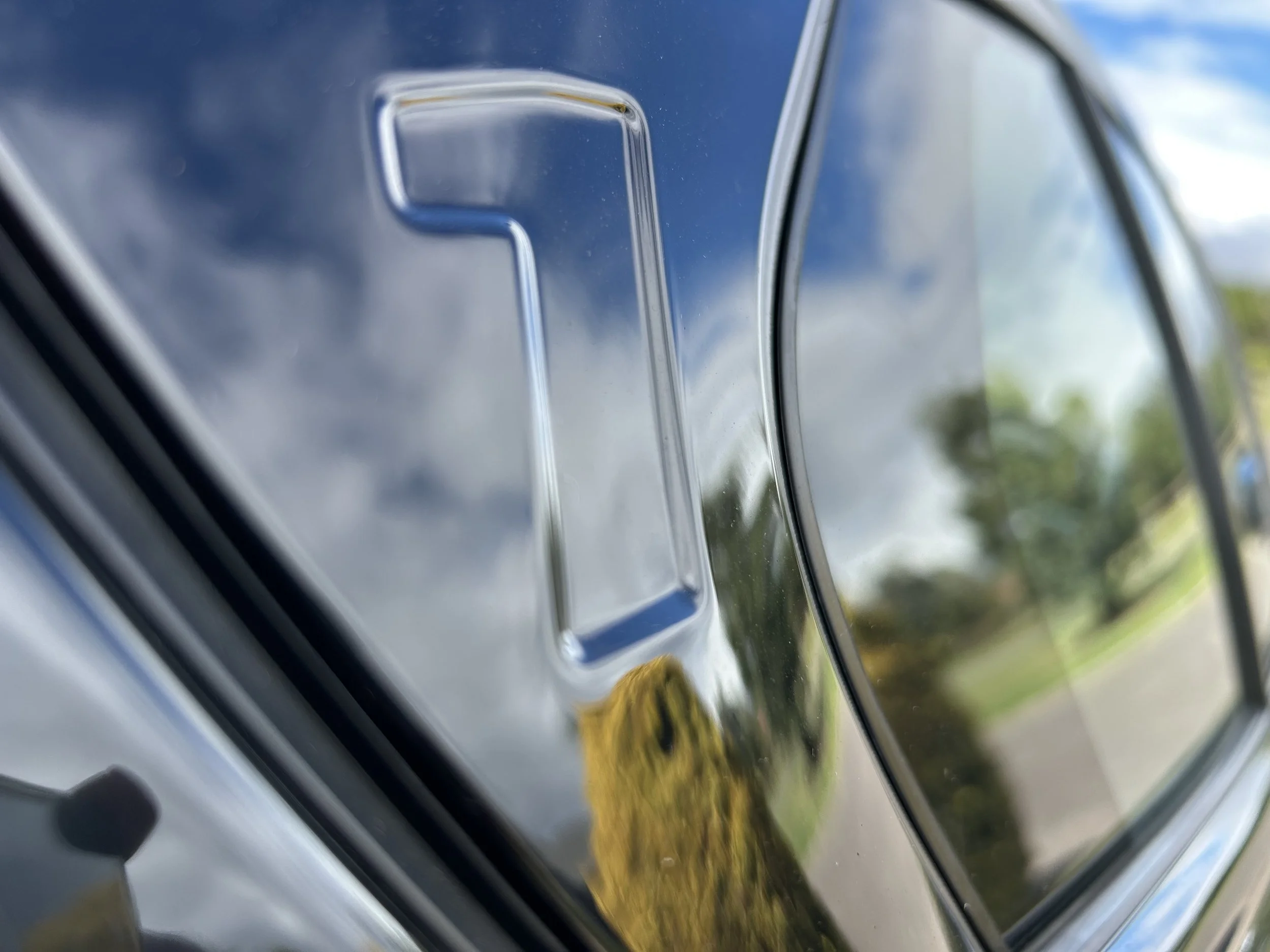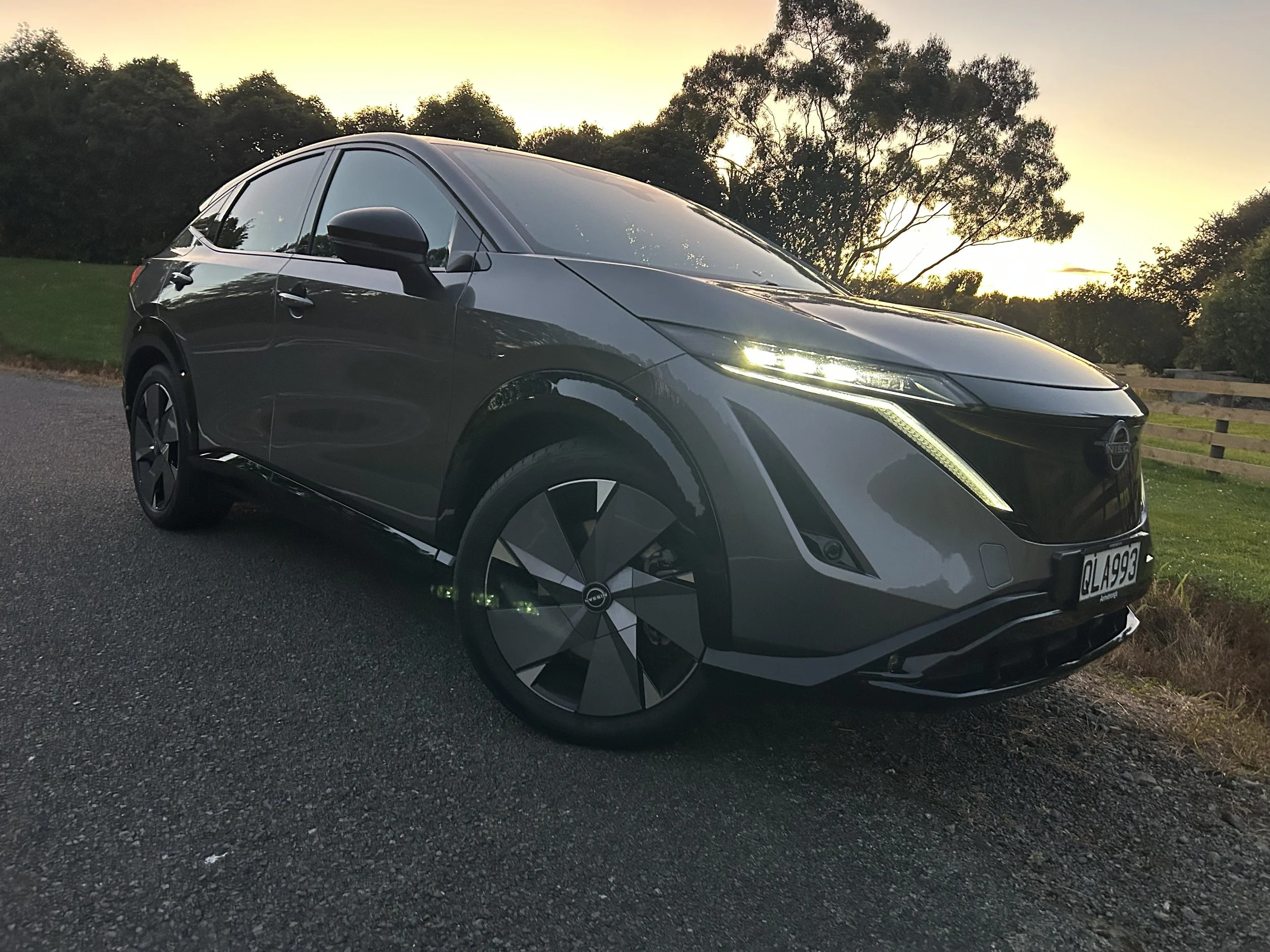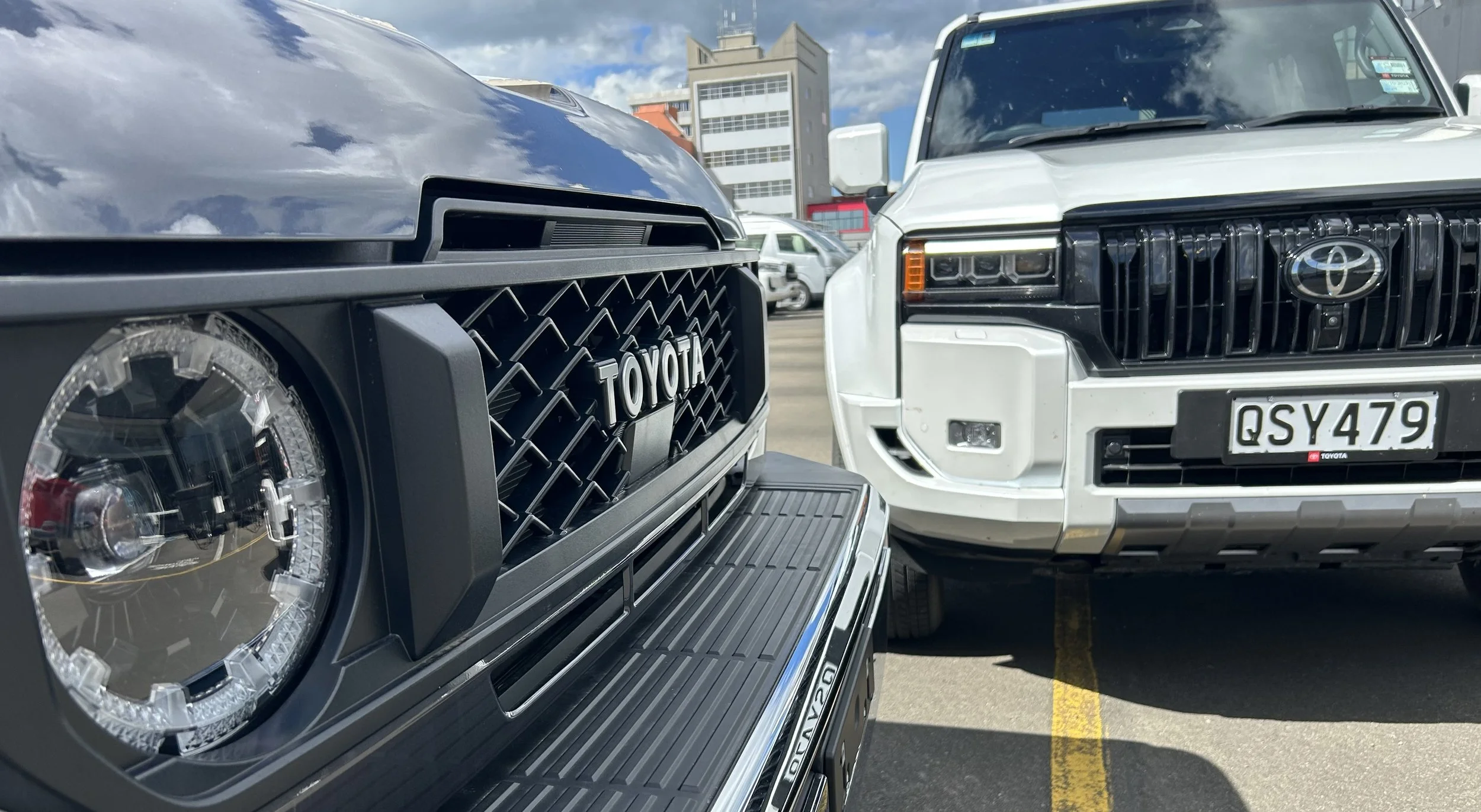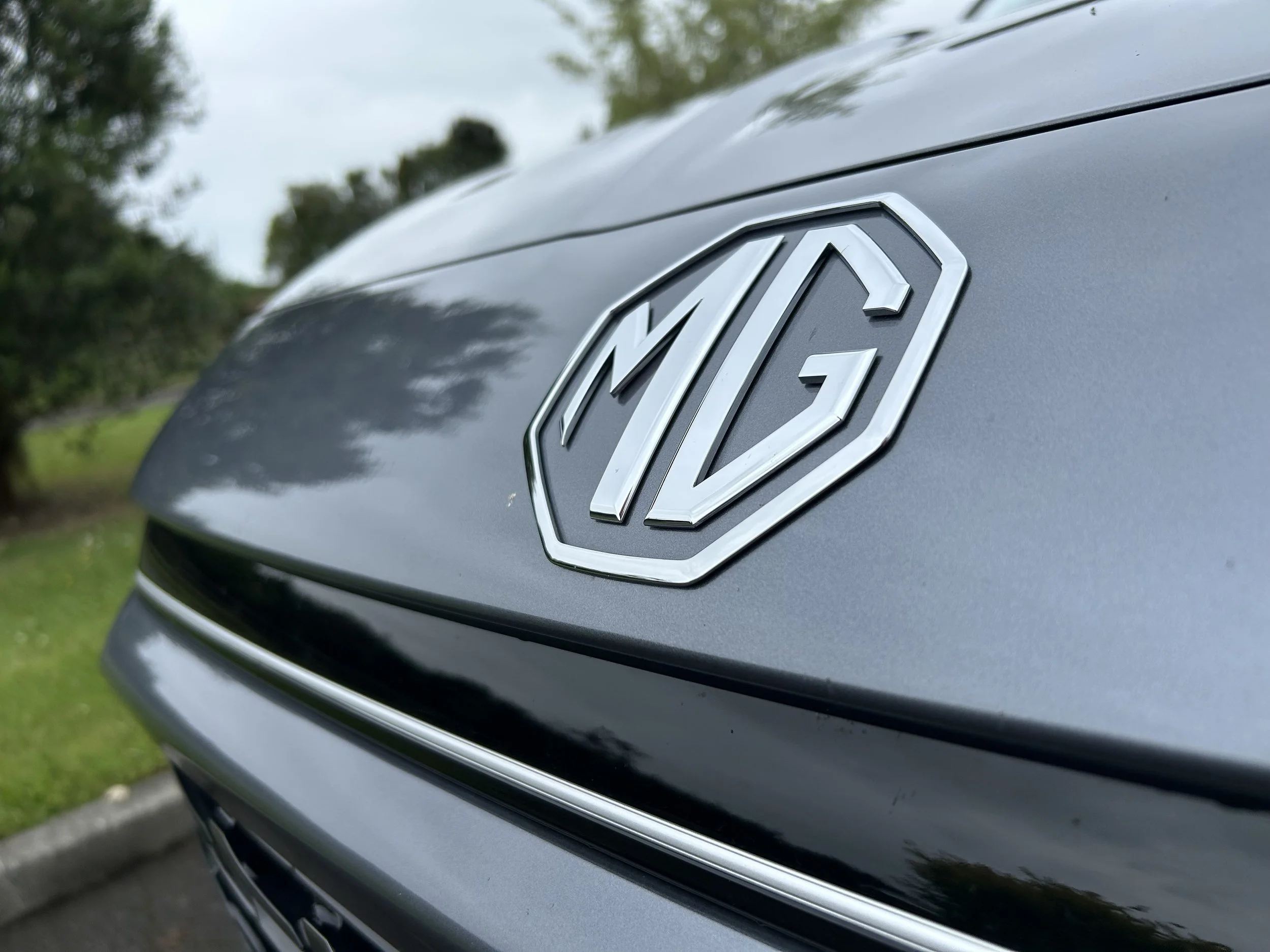MX-5 RF: Brilliant, but original recipe still works best
/Doing the same thing better each time might seem a lazy approach to car design, yet it’s clearly an ace idea for the world’s most-loved small sports car.
Base price: $53,745.
Powertrain and performance: 2.0-litre petrol four, 135kW/205Nm, 6-speed manual, RWD, Combined economy 7.2 litres per 100km.
Vital statistics: 3915mm long, 1235mm high, 2310mm wheelbase, luggage capacity 127 litres, 17-inch alloys.
We like: Engine has a touch more character, chassis charisma, steering column adjust. We don't like: Ummmm … okay, the MZT infotainment’s a bit rubbish, it could do with a digital speedo readout, I prefer a full convertible.
INCREDIBLE to think that it was way back in 1989 when Mazda gave us a brilliant two-seater roadster.
The MX-5 has been charming drivers around the world ever since – holding station as an unbeatable budget benchmark.
That good? Okay, my view is coloured. Cards on the table: We own two 1990 examples for Sunday drives – one for fun roads, the other for circuit racing.
Those NA cars are a world apart from the current ND is respect to safety and comfort features. No AEB, pedestrian detection, driver attention alert and traffic sign recognition then. No ABS or airbags, either.
Driving-wise, though, there’s still a high degree of commonality. They say the trouble with coming up for a brilliant idea for a car is that, once you’ve achieved it, you’ve got to keep doing it. Slip from an NA to the ND - via the NB and NC if you prefer the full route – and there’s a sense of satisfying sameness.
In saying that, there’s so much about the current car that has gone back to original form. It’s light – down to meeting the 1000kg weight target set for the first model (and slightly ignored by the next two) – not too complicated, nimble and incisive.
The only decision with this latest edition is whether to stick with the original format roadster or spend a bit extra for the RF retractable hardtop.
The latter is the cleverest of things. At the touch of a button it’s a coupe one moment, a roadster the next.
There’s one caveat. You’ve got to be the right size. Which isn’t me. I’m a touch too talk and, well, perhaps a bit too bulky as well. Even so, slipping from an original to the update suggested the cabin’s become a bit more conveniently-shaped for my kind. The seat design has slimmed but is also better shaped for larger bods, the chair slips back perhaps a couple more millimetres on the rail. And maybe something’s gone on with pedal placement, because I’m sure the footwell is more accepting of my size 12s, too.
So it’s better. Yet I’m still niggled by what the RF does to the car’s lines. As much as the roof is an exquisite example of the quality of design and engineering excellence that has become a type hallmark, and although it adds but 50kg to the scales, the visual ‘weight’ is too much of a load to my eyes.
I’d just add, though, this is more an observation than a criticism because I reckon weighing up MX-5 pros and cons needs to be a measurement of degrees of excellence. One-eyed? Utterly. Yet it just doesn’t seem fair to bag a car designed, purely, for fun behind the wheel on such trivial grounds.
The fact that the buttresses cause a blind spot and trigger an annoying wind buffet exactly behind my right year didn’t put me off driving this car.
Actually, enthusiasm ran hotter because of the major change affecting this refresh. Mazda has given the MX-5 a new engine - well, not totally new. It's the 2.0-litre SkyActiv-G petrol engine, but with 17kW extra horsepower liberated, plus 5Nm extra torque, and the whole thing has become revvier, with a new redline of 7500rpm, up from 6800rpm.
The extra oomph is insufficient to reset time pieces by any particular margin but I’d suggest that will not be of any particular issue to true fans. One of the positives of the MX-5 is that it has never been over-burdened by outright grunt. It’s an intentional element as the overall ethos is for this to be a car that purposely asks drivers to commit. Anyone with lazy habits will never get the best from it. The pleasure of this update is that it makes requirement to attune to its needs all more enticing, as the powertrain feels zestier and is plainly revvier – right up to the redline, in fact.
There’s potentially still one MX-5 that’s a touch better, and that’s the one in Italian fashionwear. The Fiat-finished Abarth is often overlooked, but shouldn’t be. Its 1.4-litre turbocharged engine is still a bit more instant than the Mazda 2.0-litre and the Italian job’s exhaust note has more barp. Yet I’d say the MX-5, now, is a better car to throw at a challenging road; the engine is finally truly willing to rev out to its redline and is perfectly attuned to the superbly-calibrated six-speed manual.
The most obvious specification change is addition of a reversing camera embedded into the centre rear of the car, just below the bootlid and displaying via the 7.0-inch MZD Connect infotainment screen and the most significant tweak is, for the first time, reach adjustment for the steering. Plus it gets improved cupholders. But it fails to achieve the Apple CarPlay update.
But, anyway, you’re buying it for the driving experience and, on that note, it’s brilliant. But I would say that, right?
To be fair, so do a lot of my colleagues, and I think I know why: Professional pride.
This car can claim three ‘fathers’: Kenichi Yamamoto, the man who'd made the rotary engine work, and Gai Arai respectively headed Mazda’s engineering and research and development operations when their firm decided to create a small affordable sports car.
The initial options were either a front-drive platform, based on the 323 hatchback, or a mid-engined car to rival the Toyota MR2.
The concept of a third alternate, was raised by an American, who’d befriended Yamamoto on a student exchange years before.
Bob Hall, on hearing what the company was up to, got in touch with his pal and suggested a modern-day Lotus Elan.
The idea stuck. The rest is history.
Hall, by the way, wasn't an engineer. He was an automotive writer, employed by America’s Motor Trend but also penning for Australia’s Wheels.
So basically, that’s why writers love this car. It would be professional discourtesy not to.



















